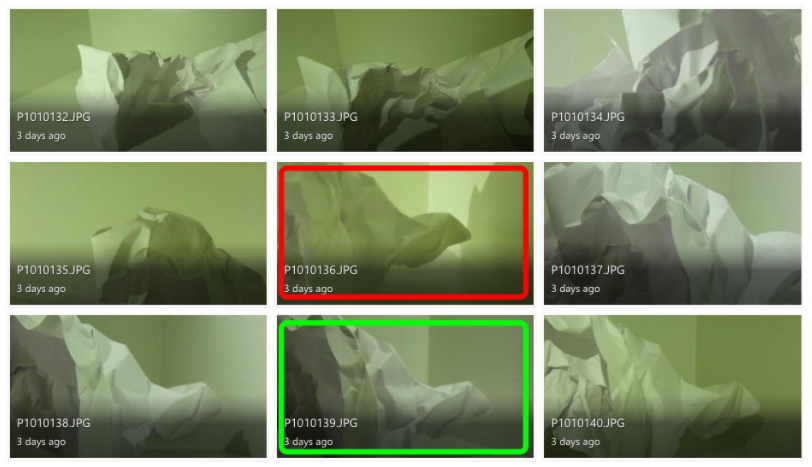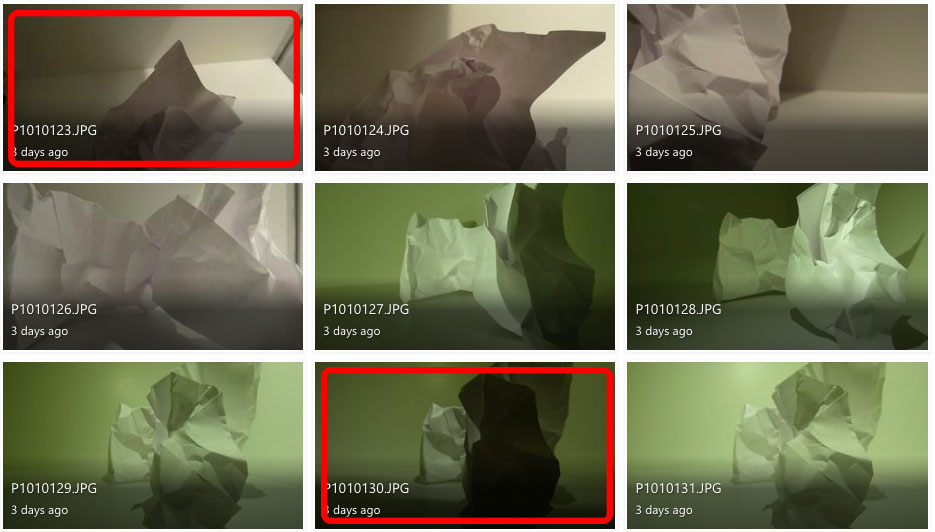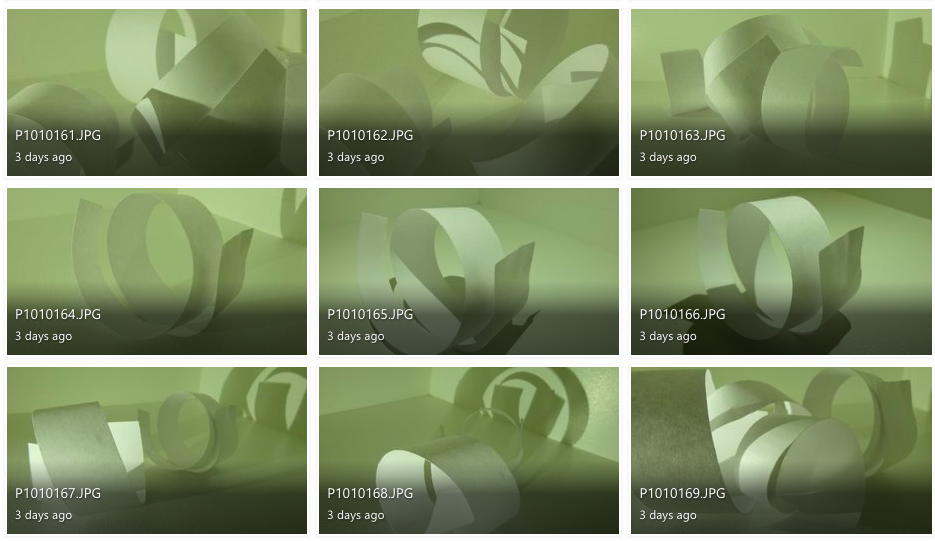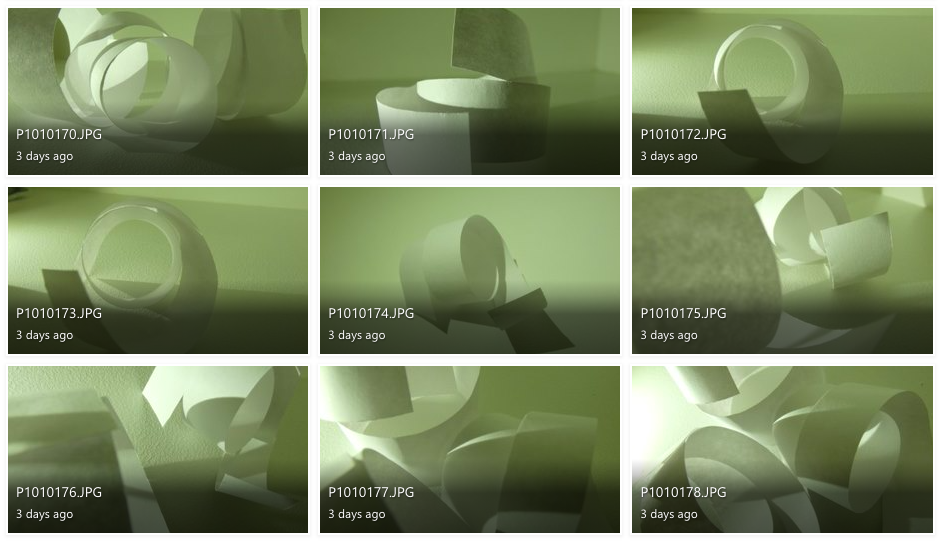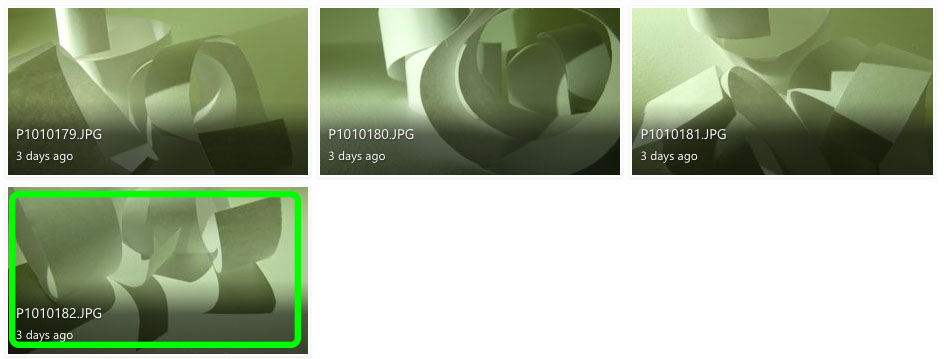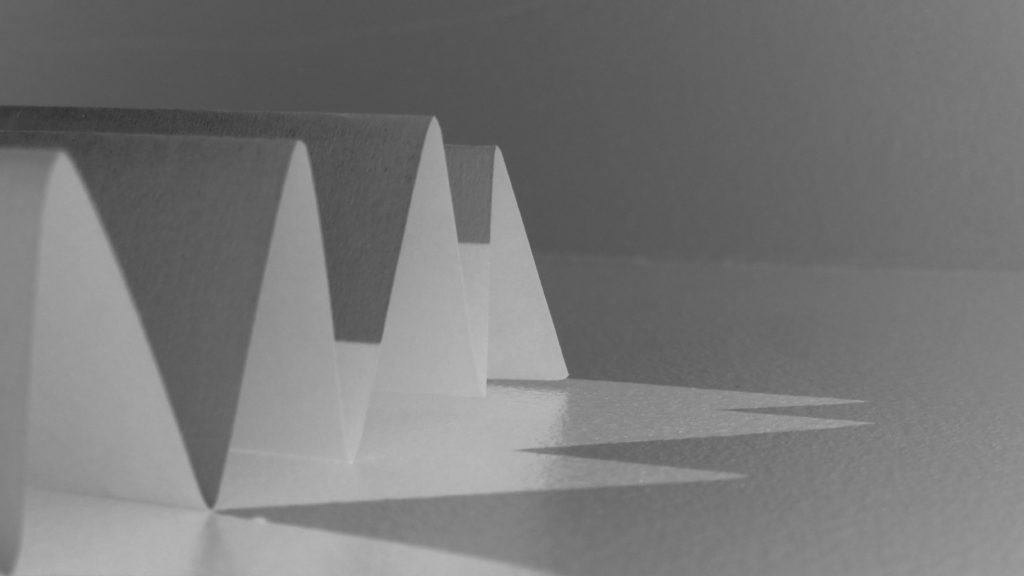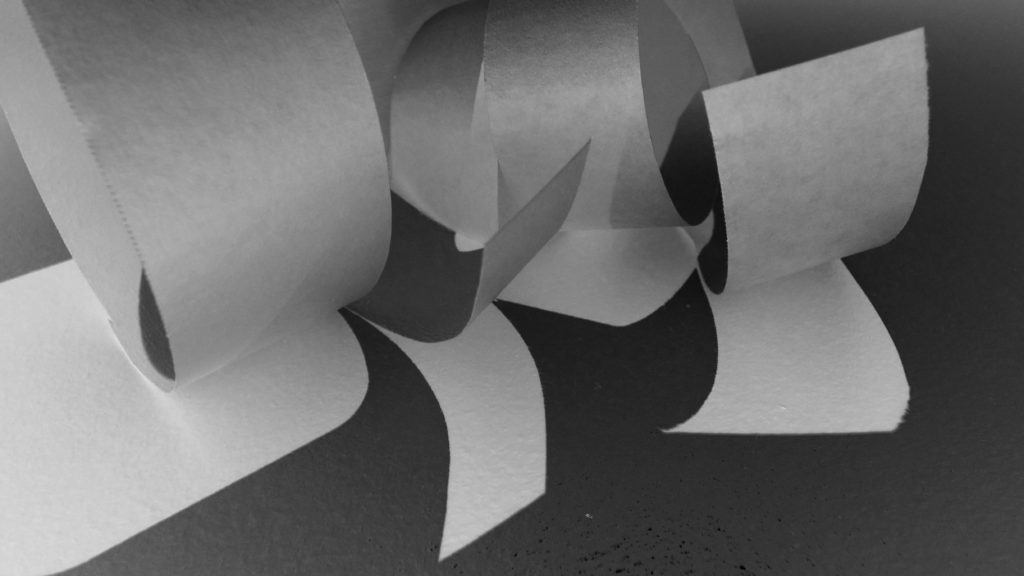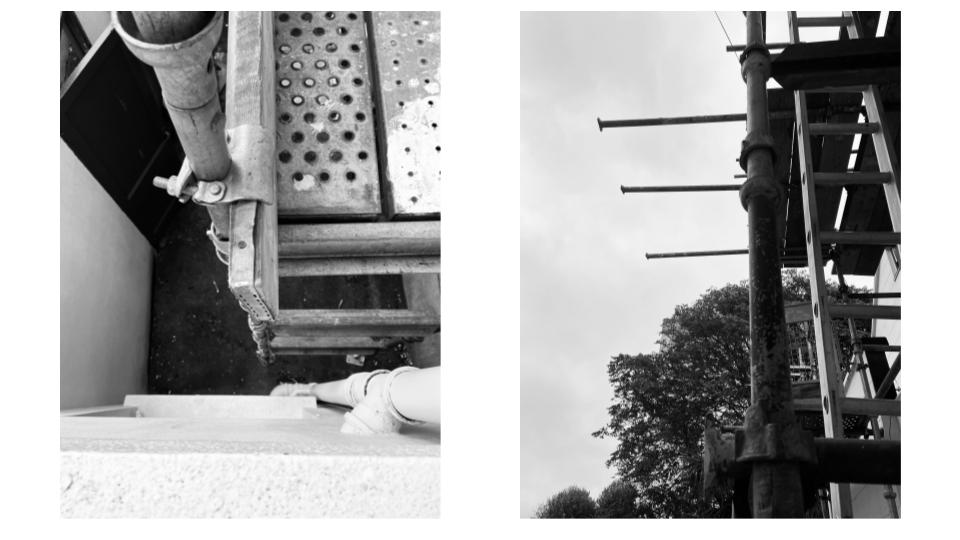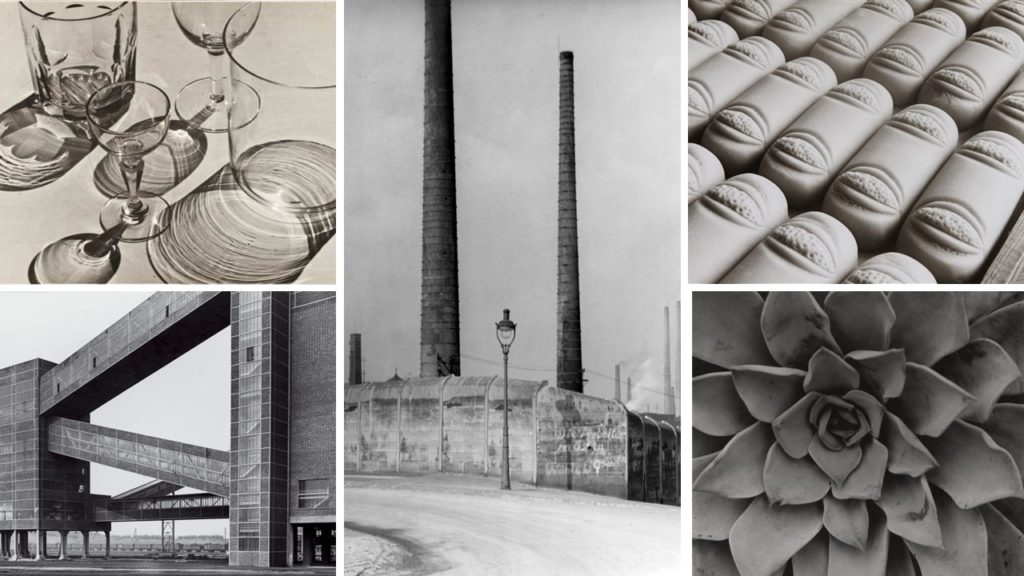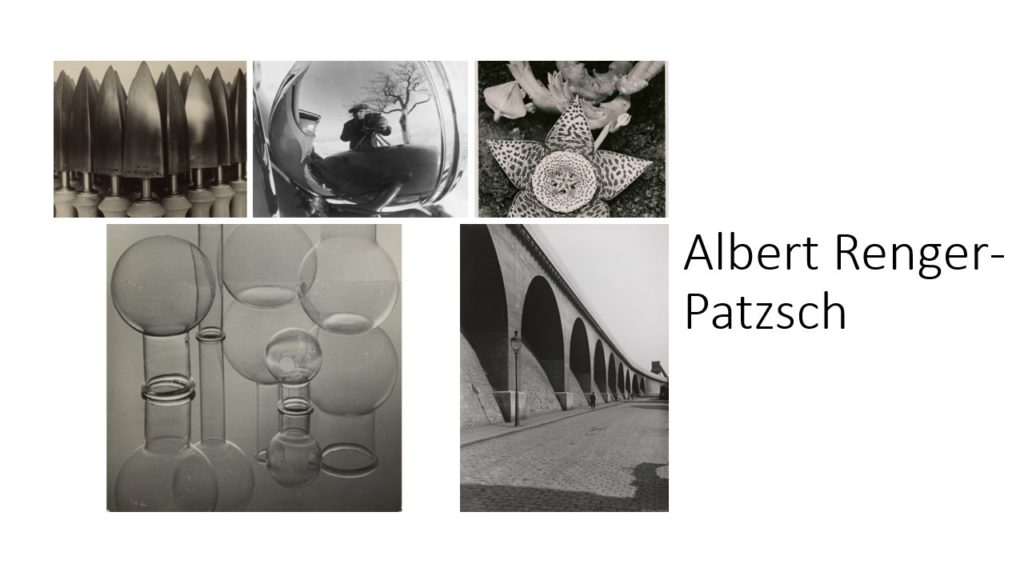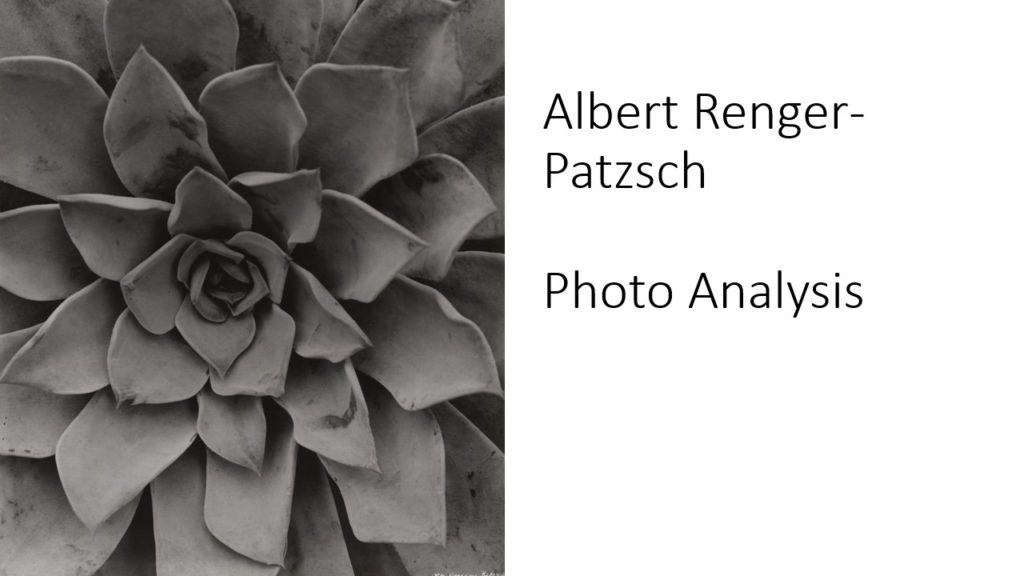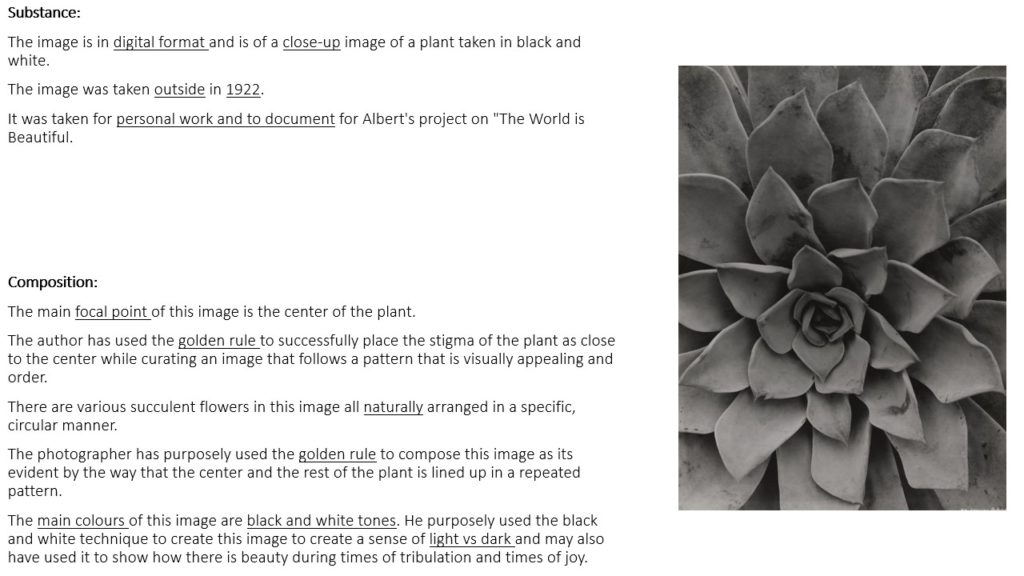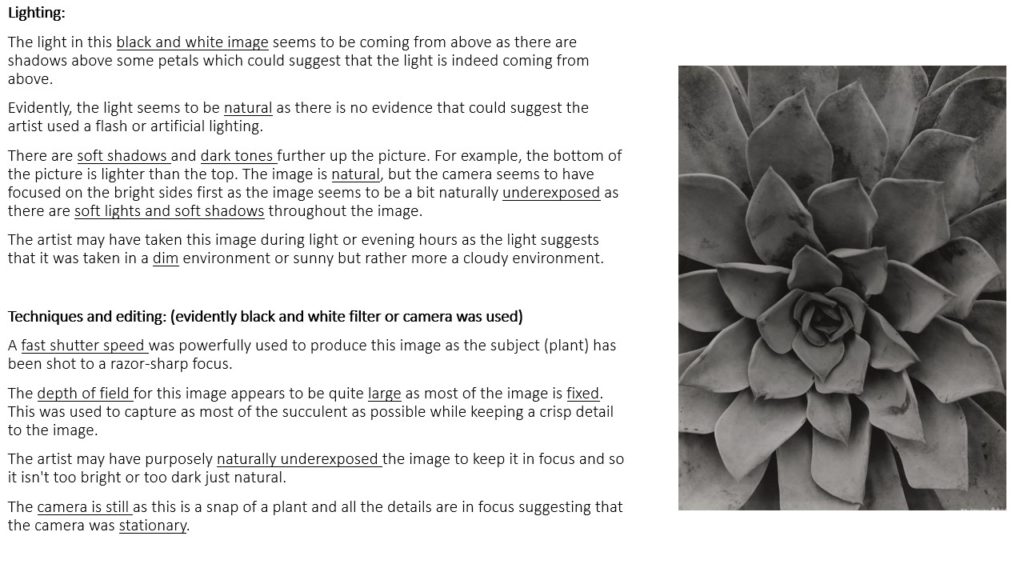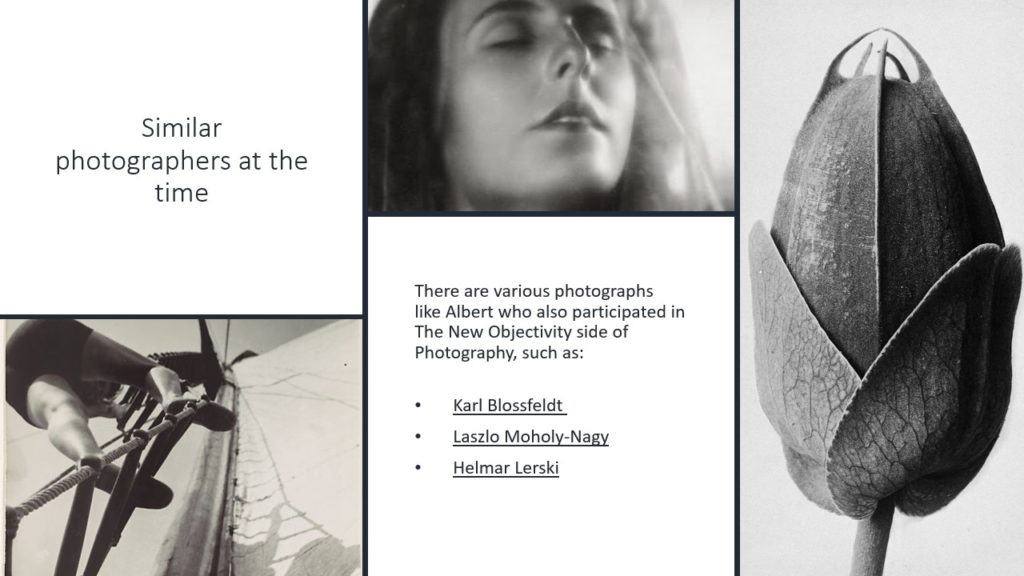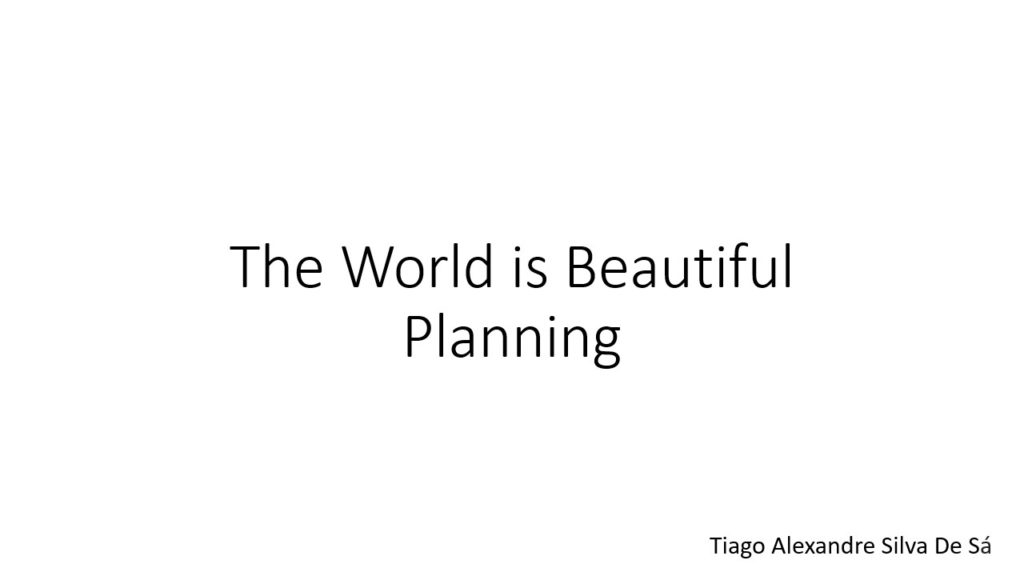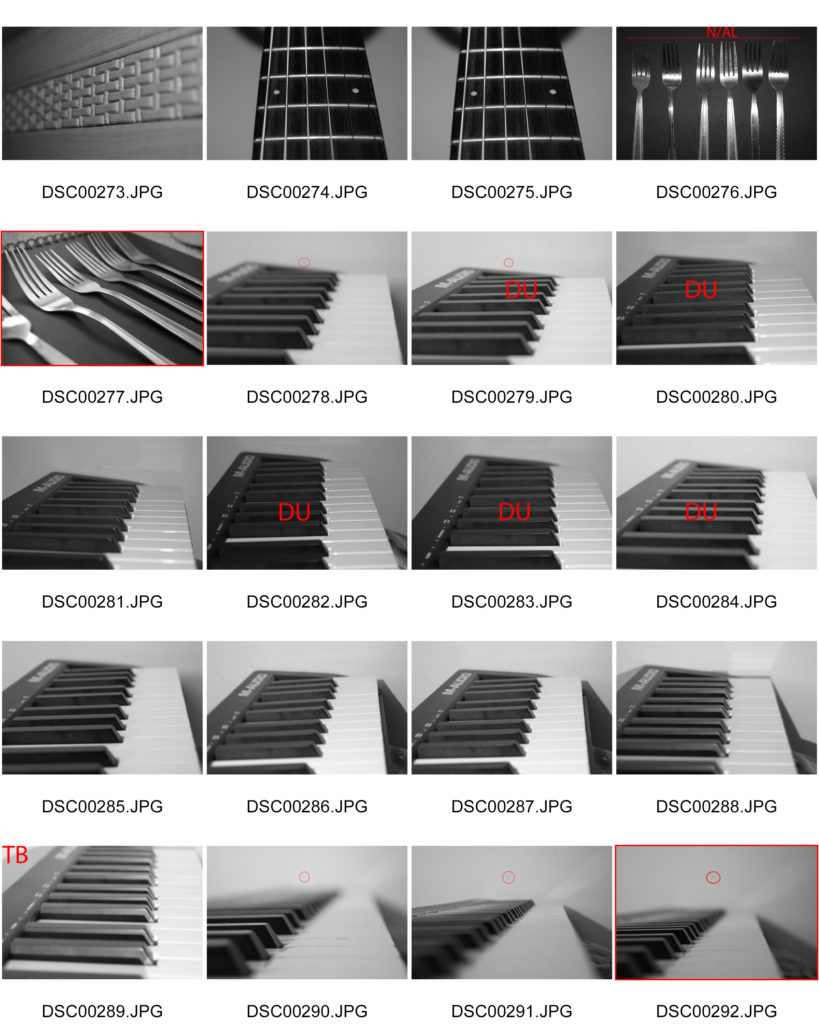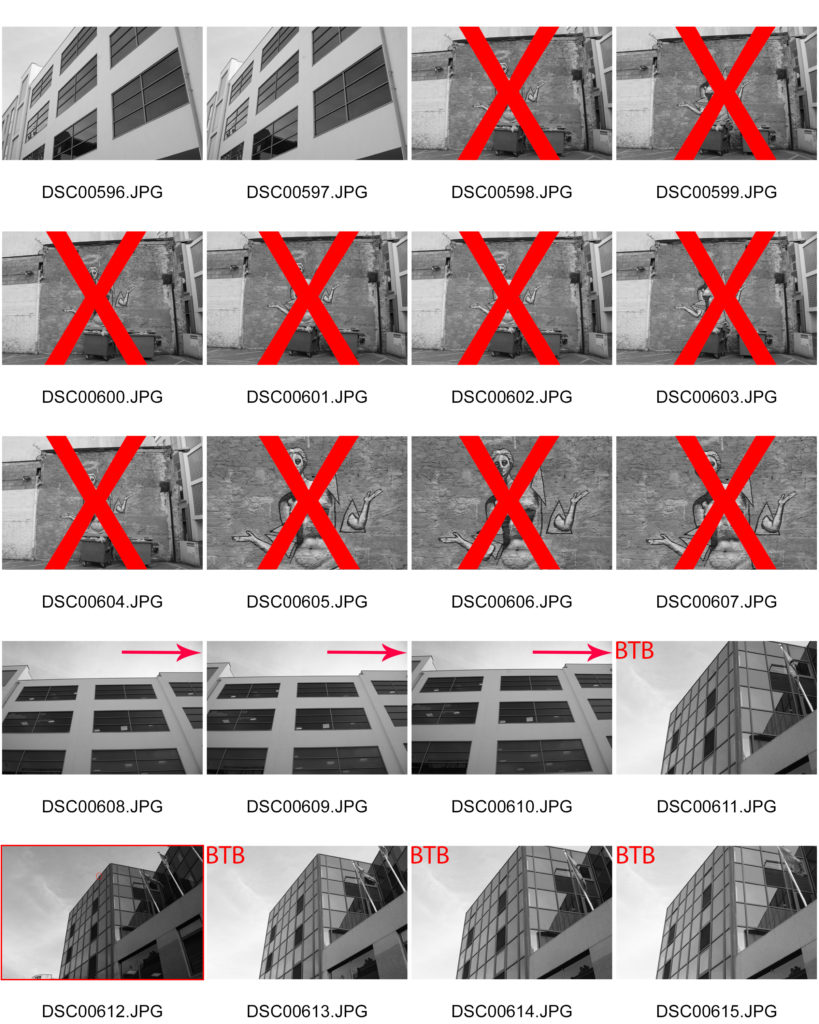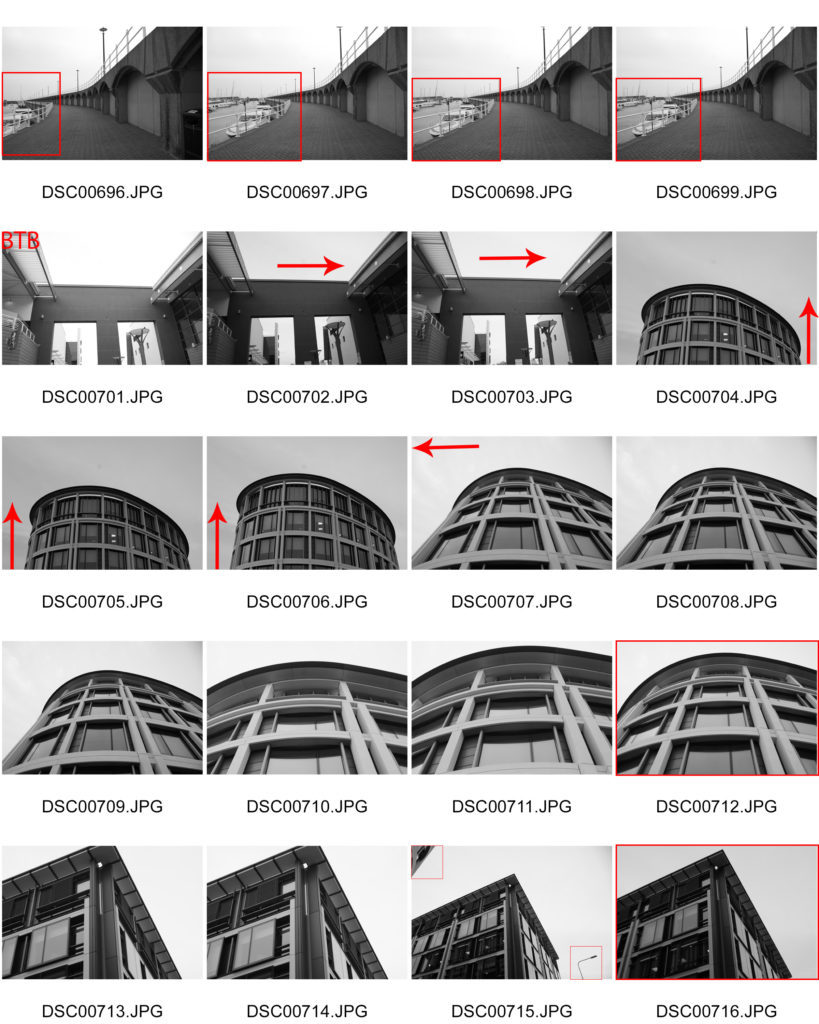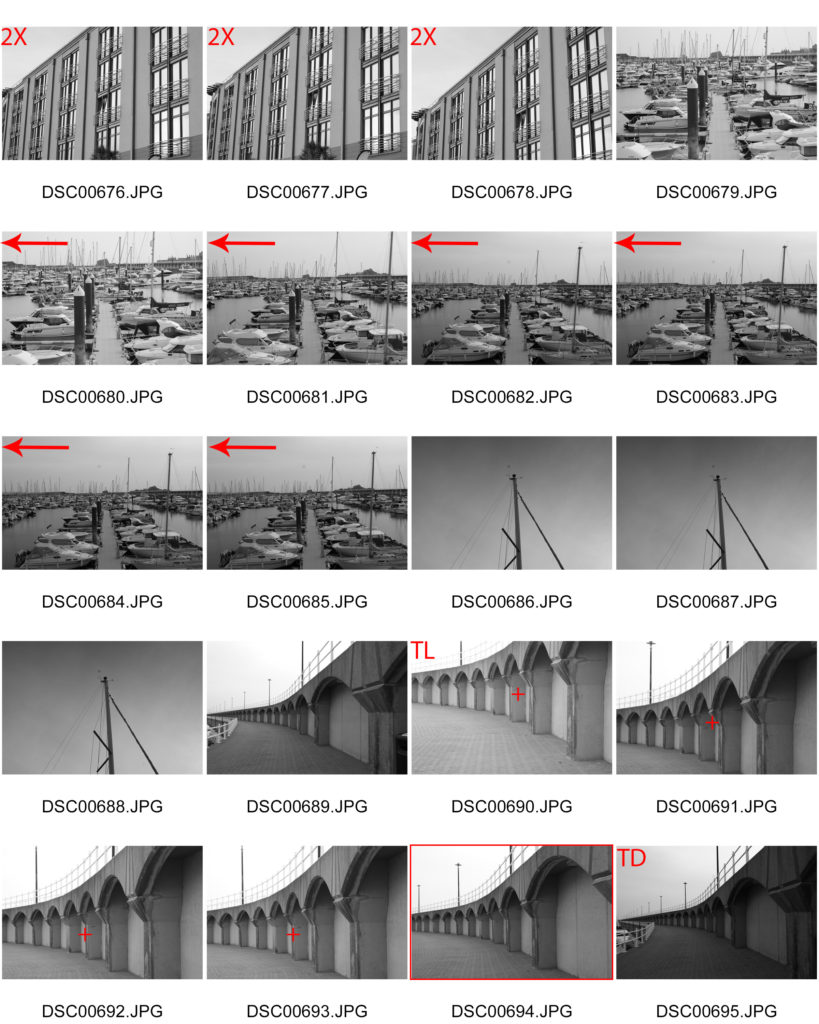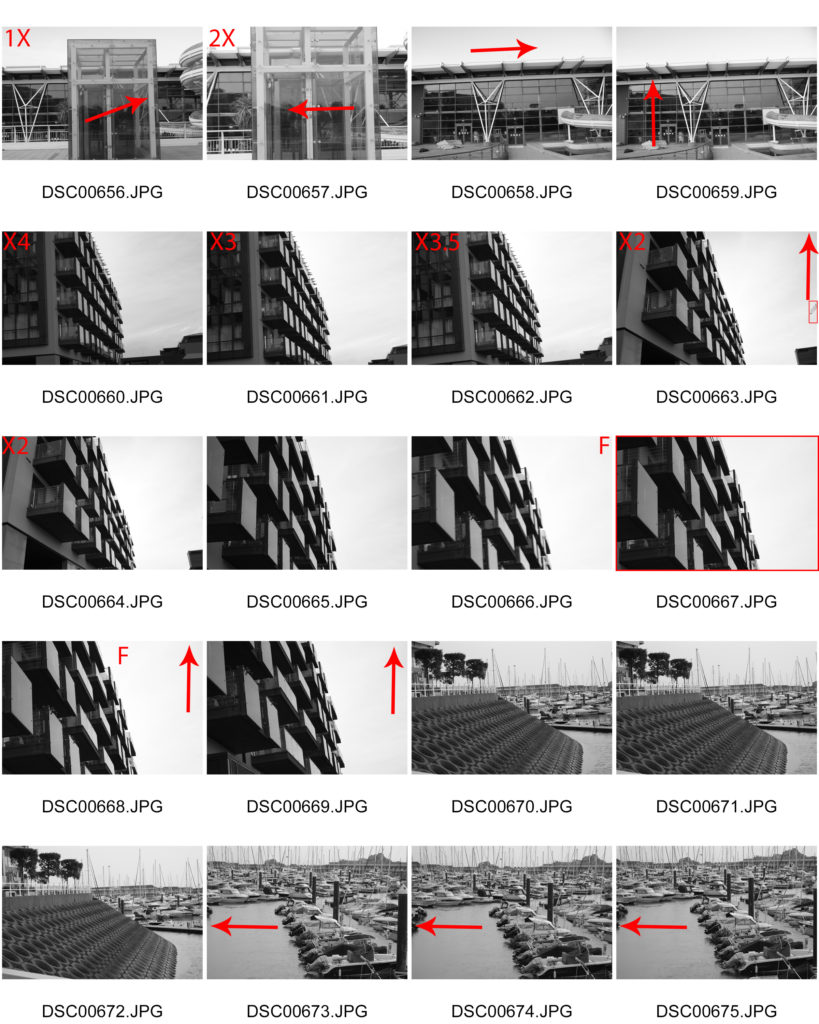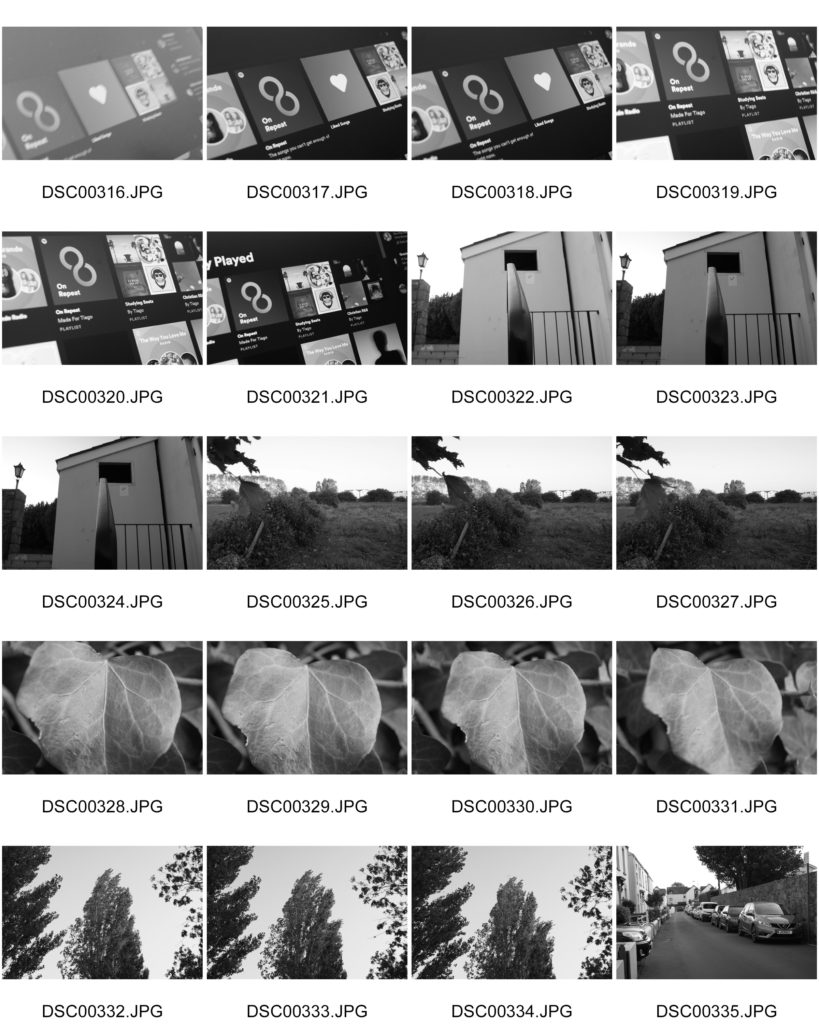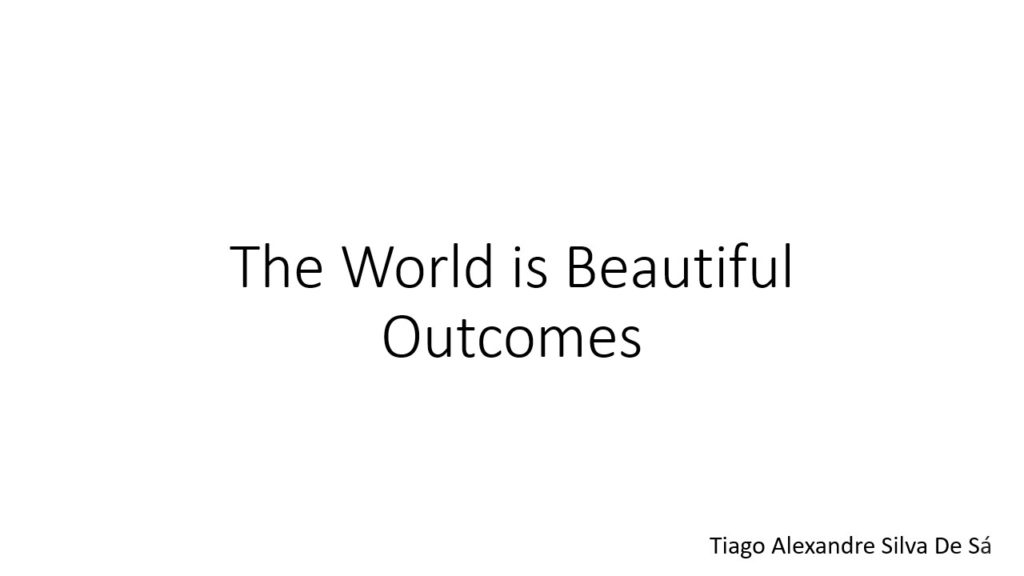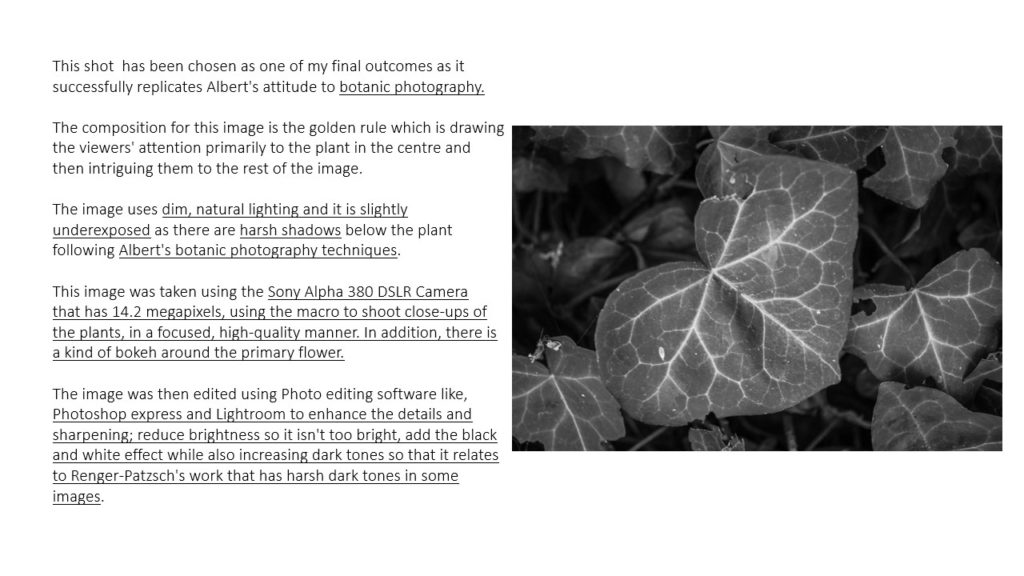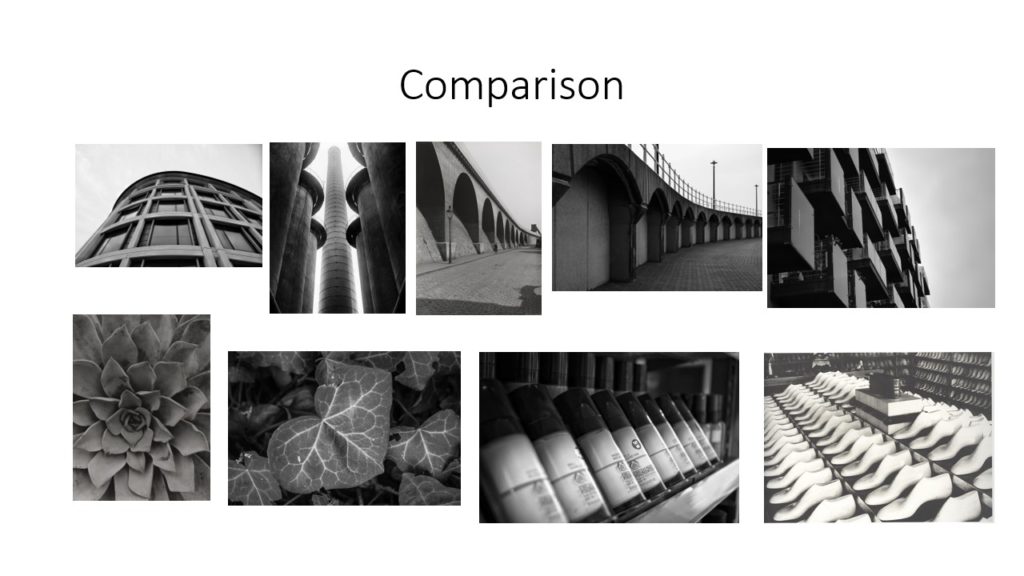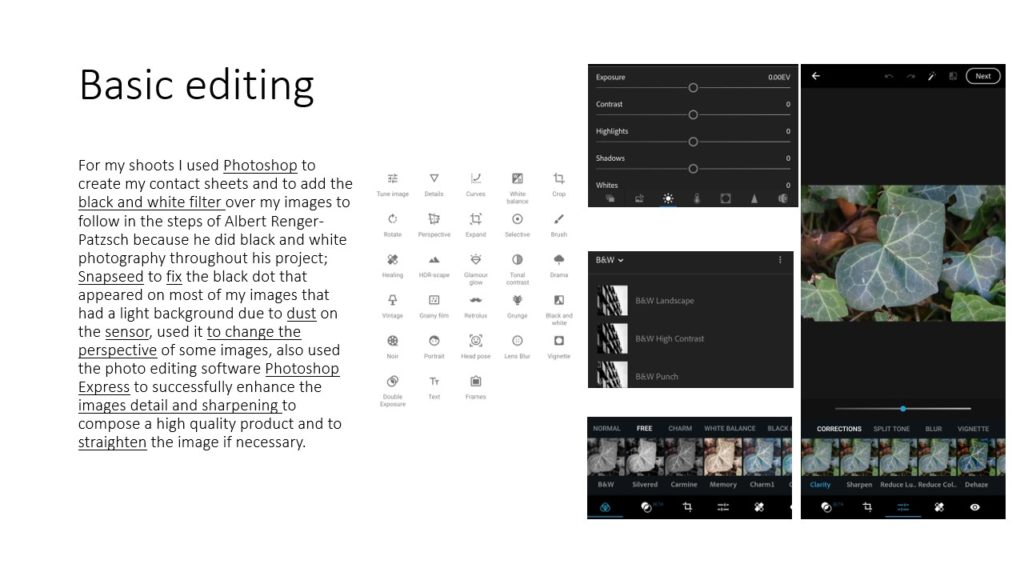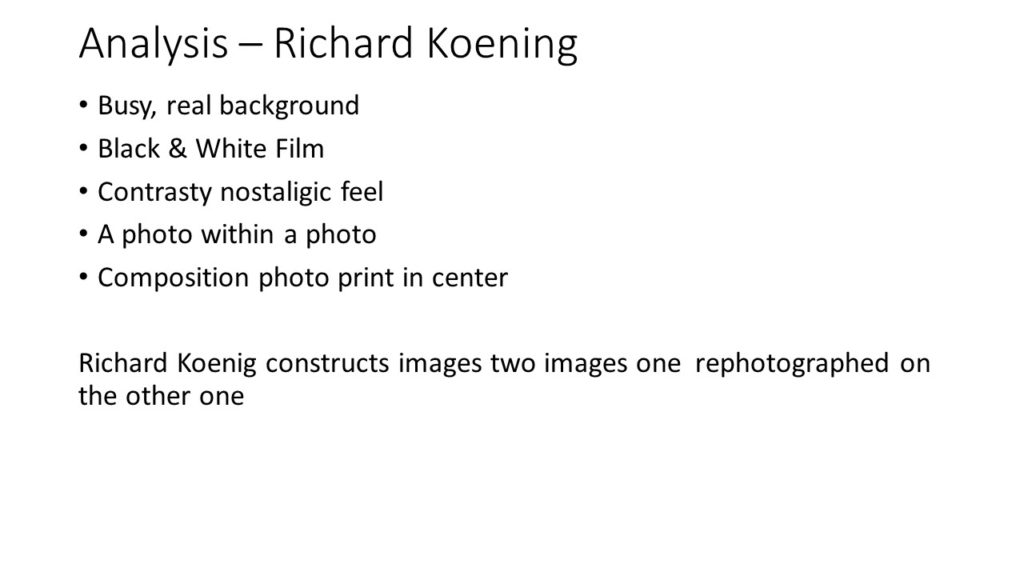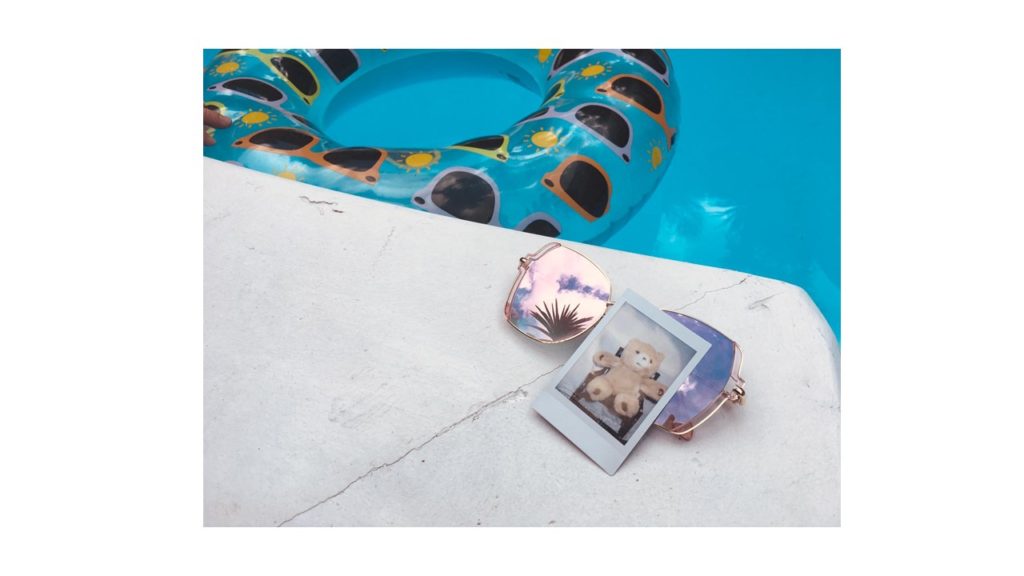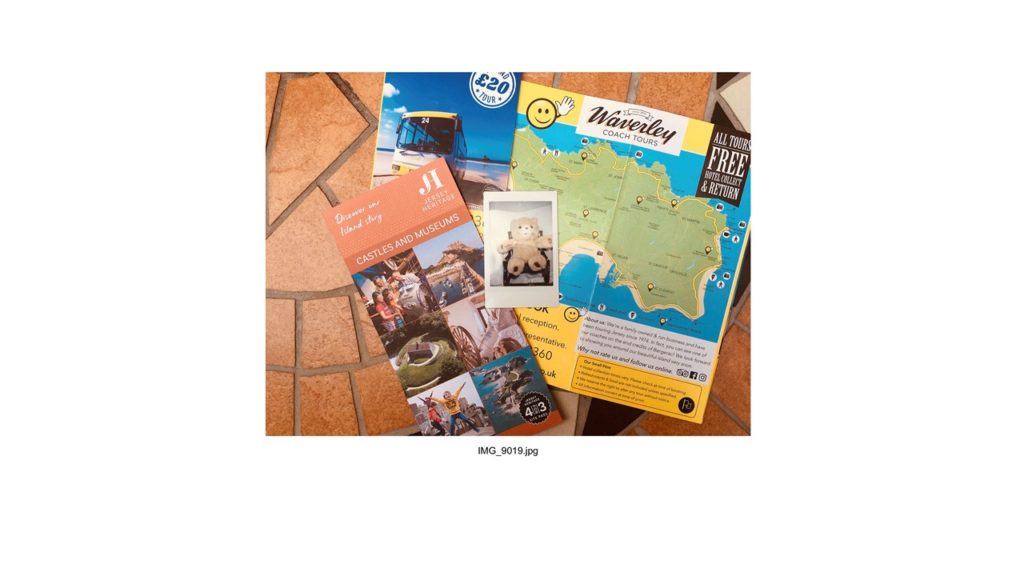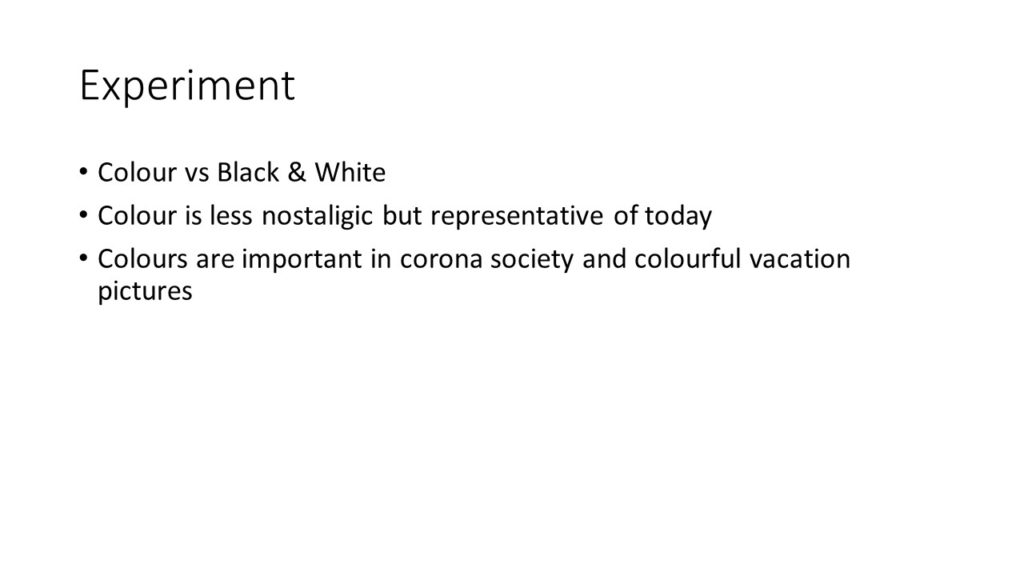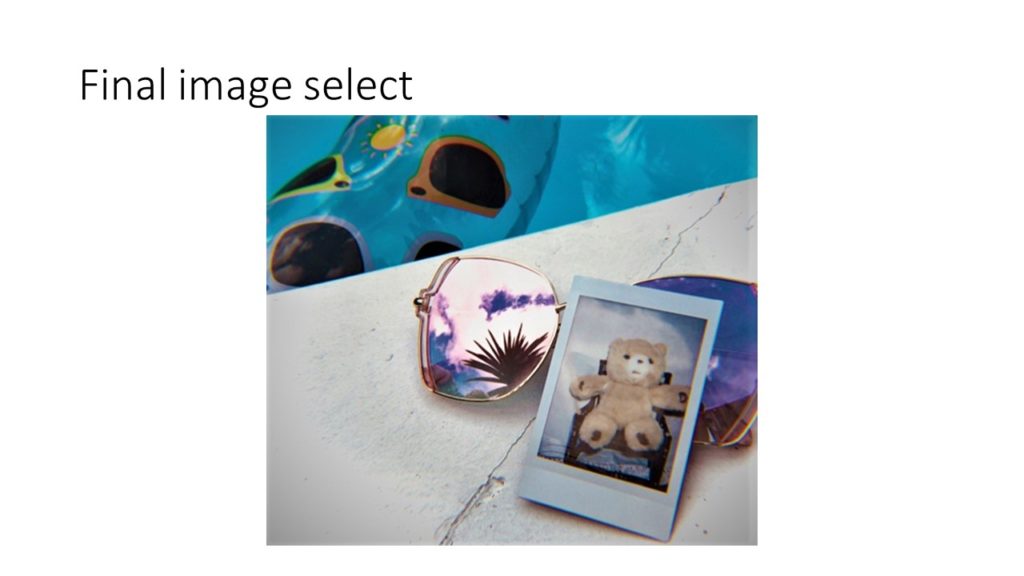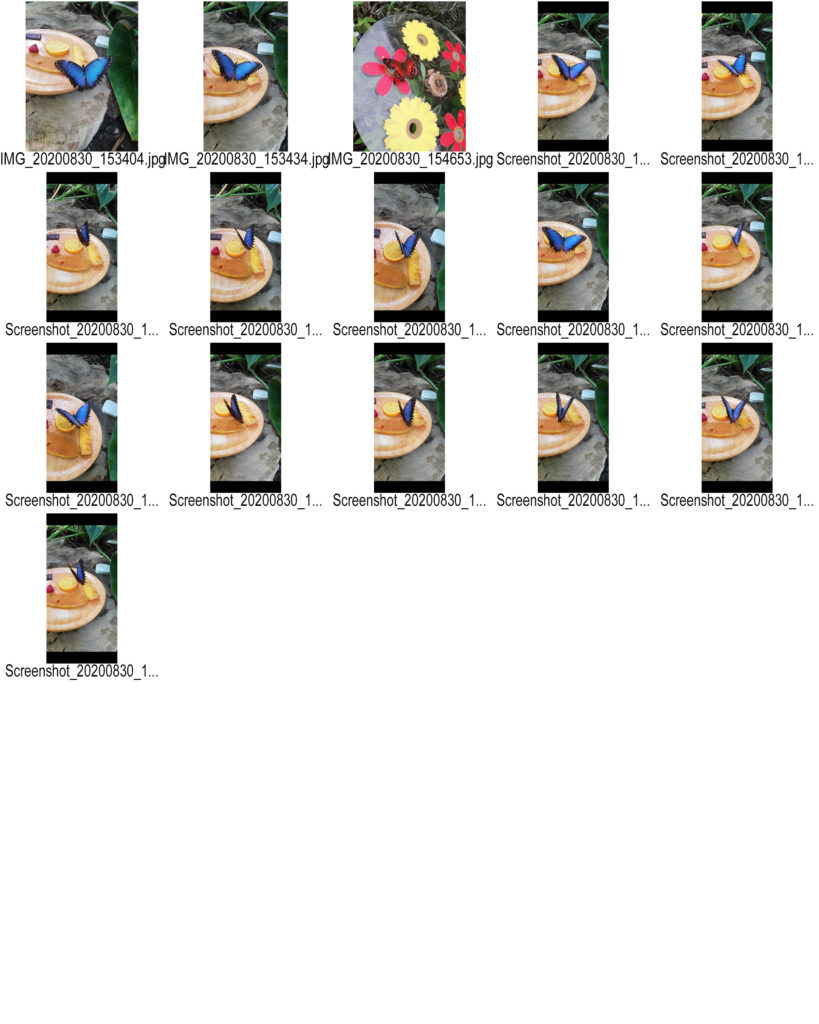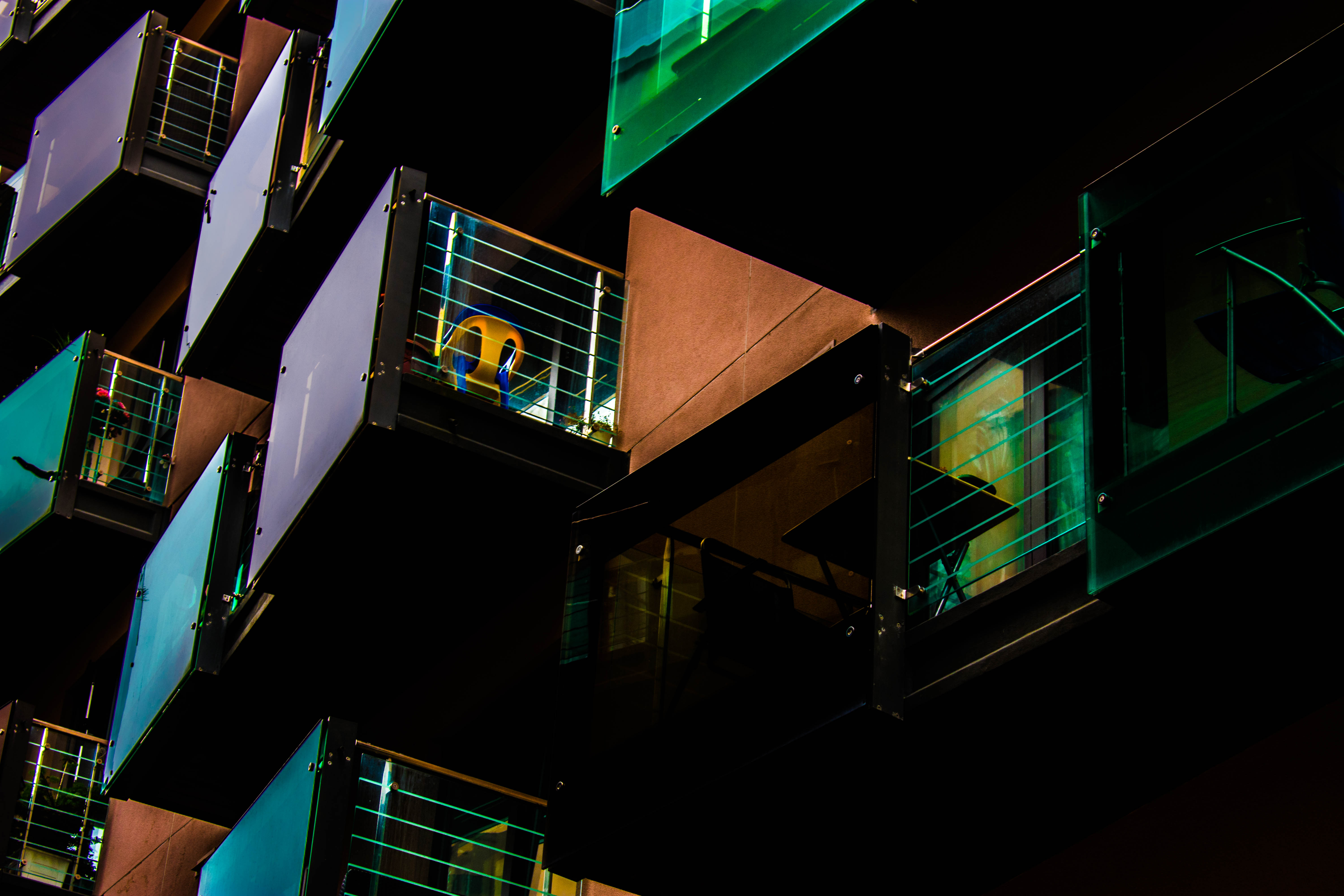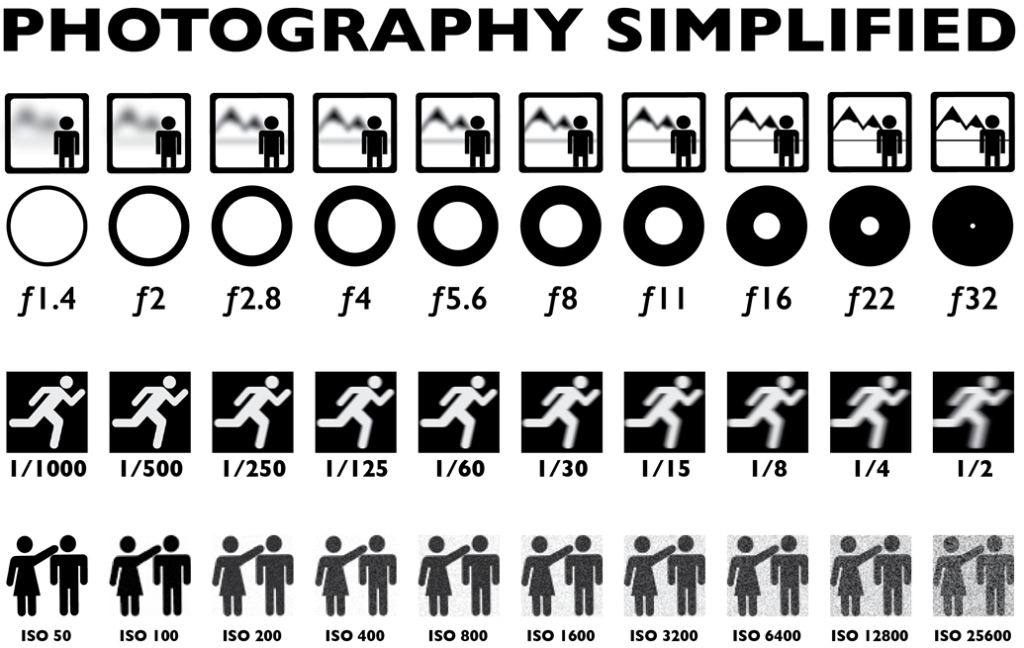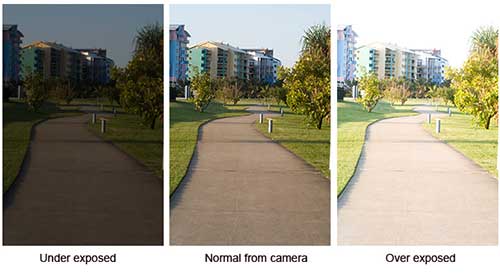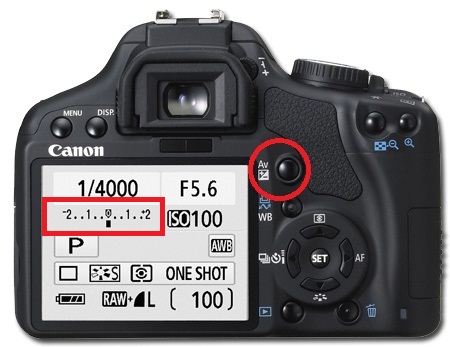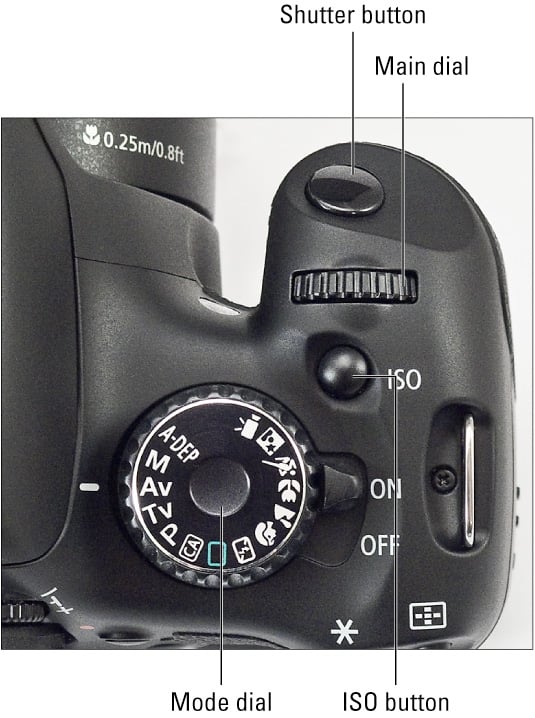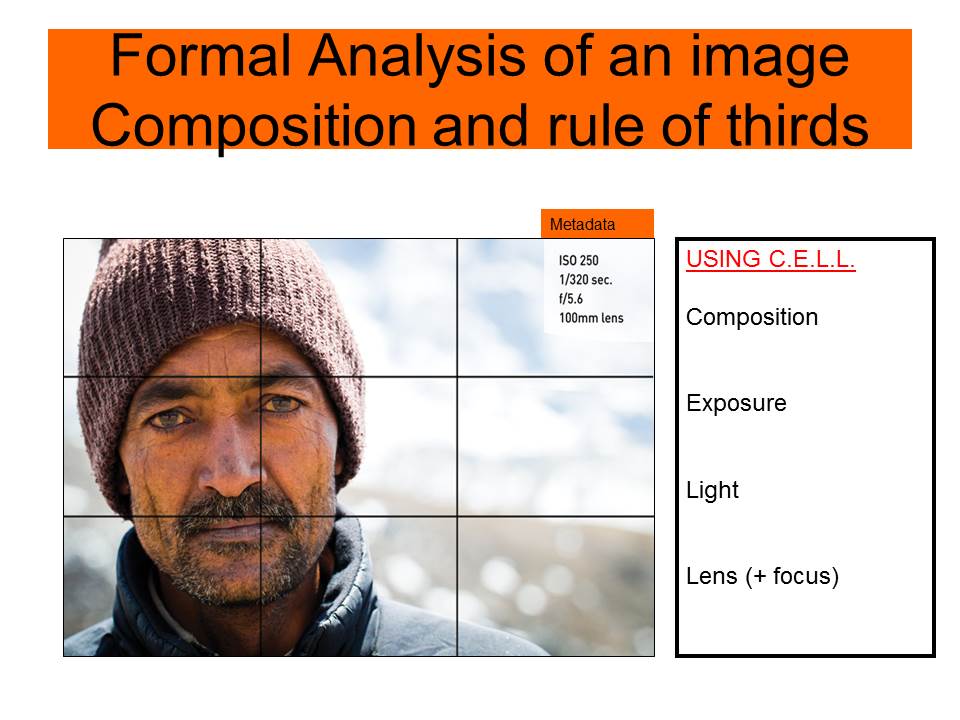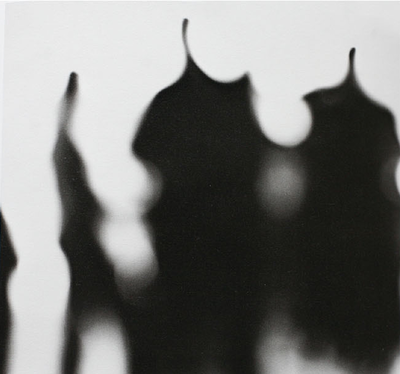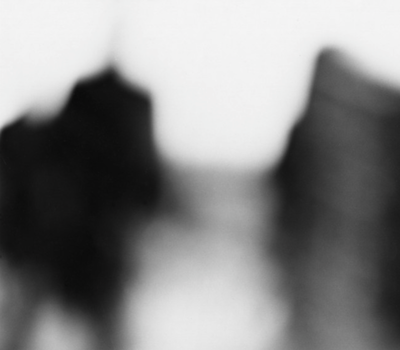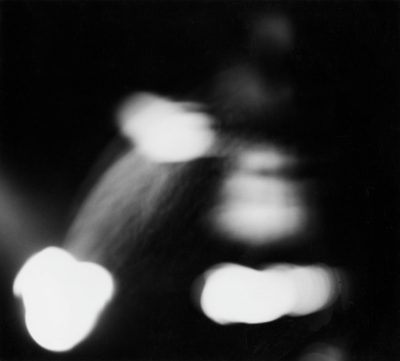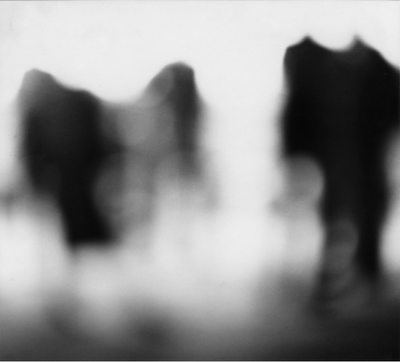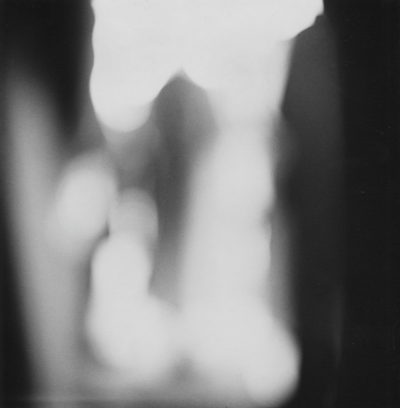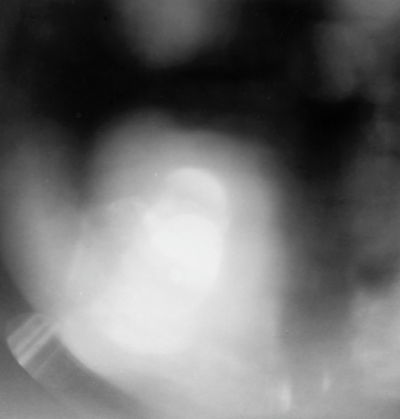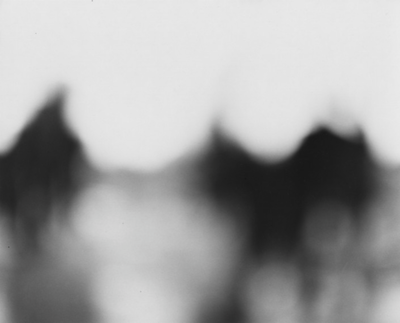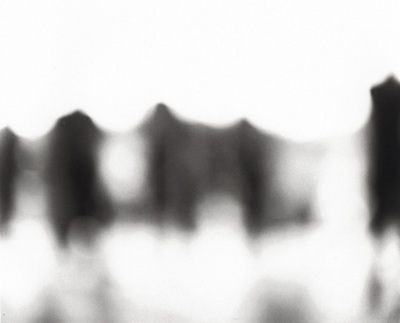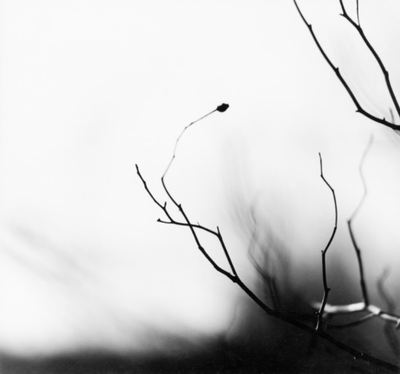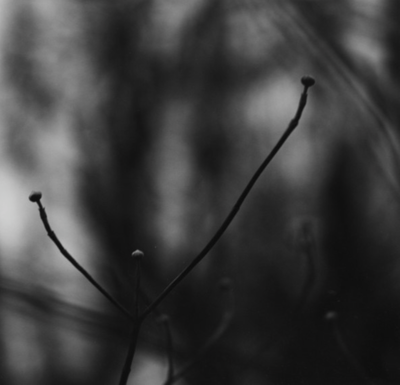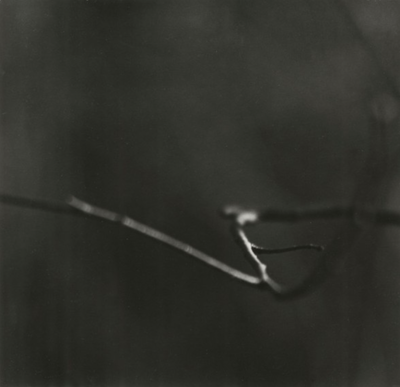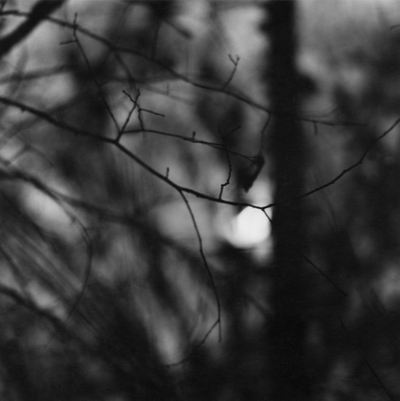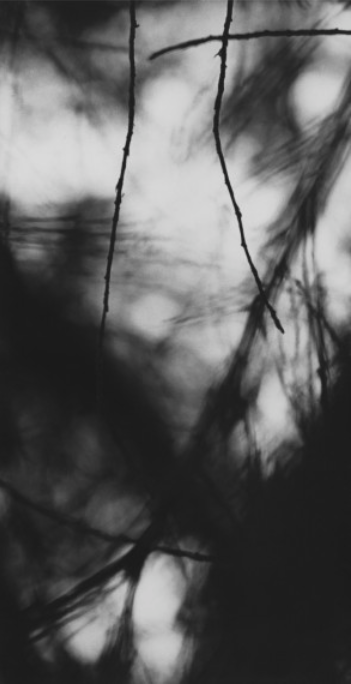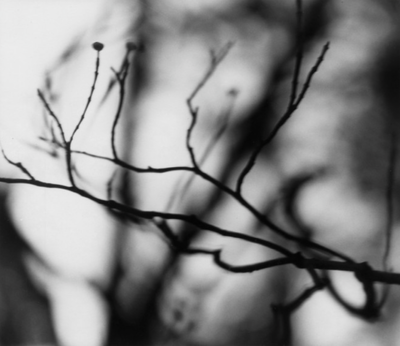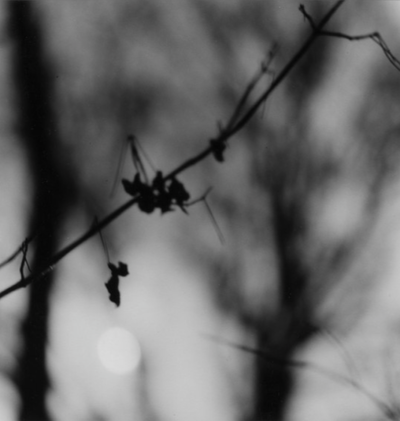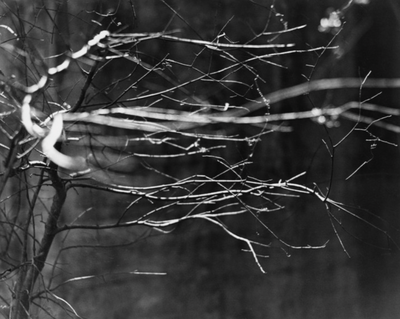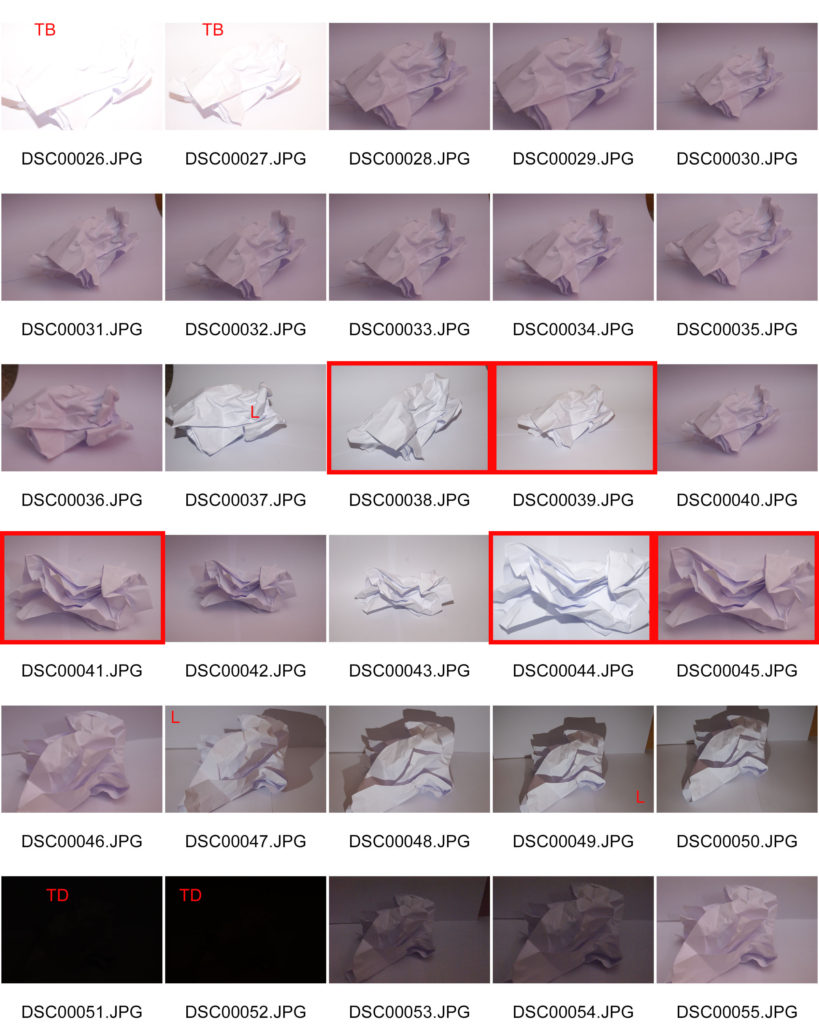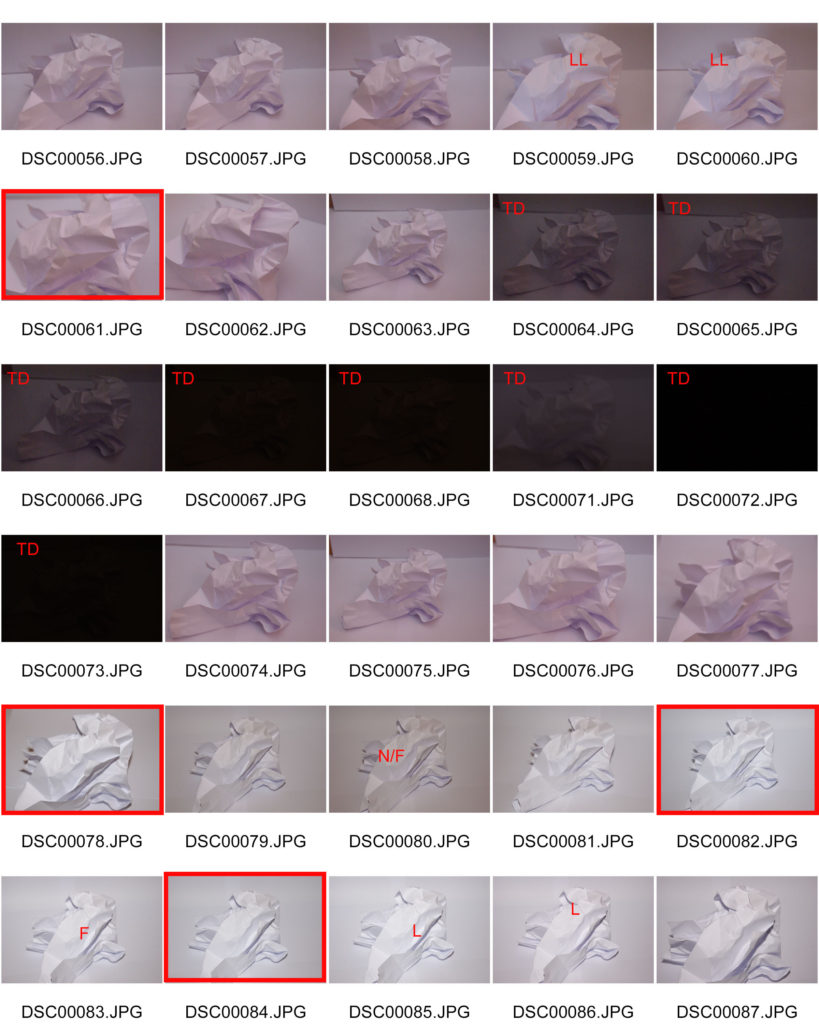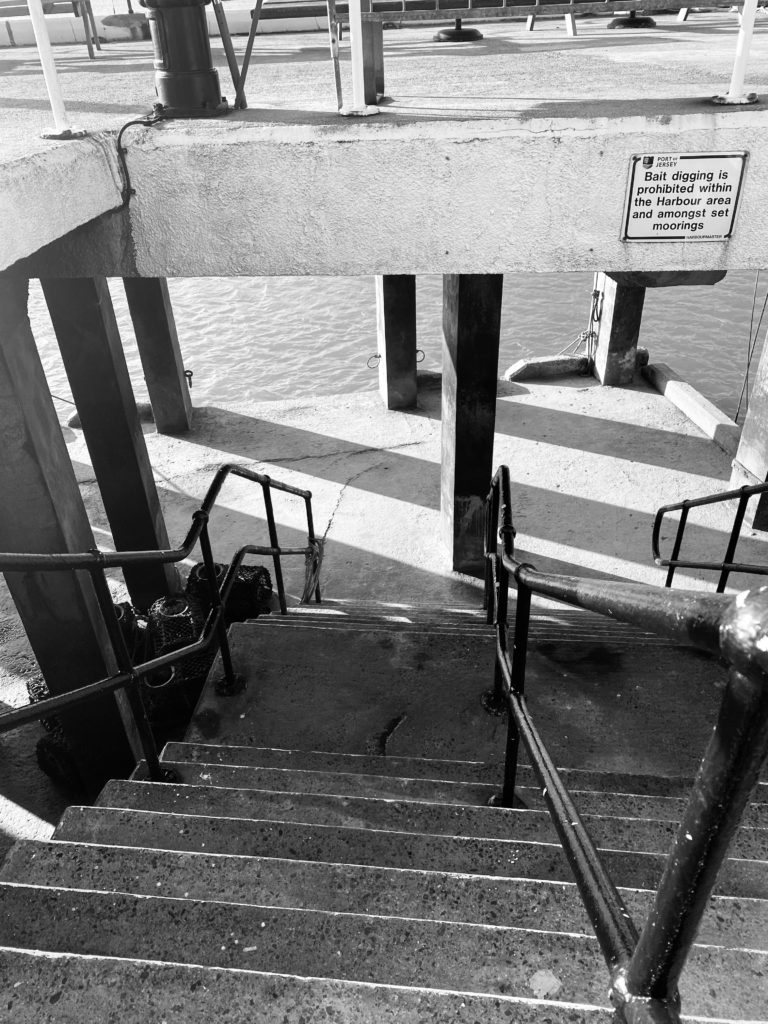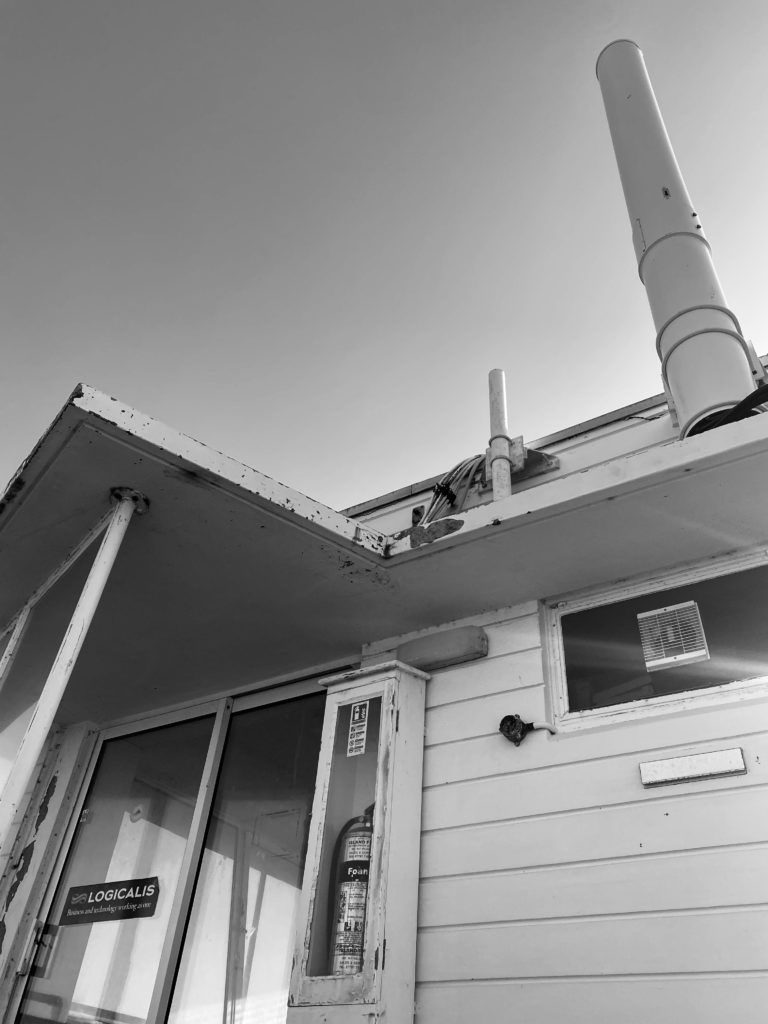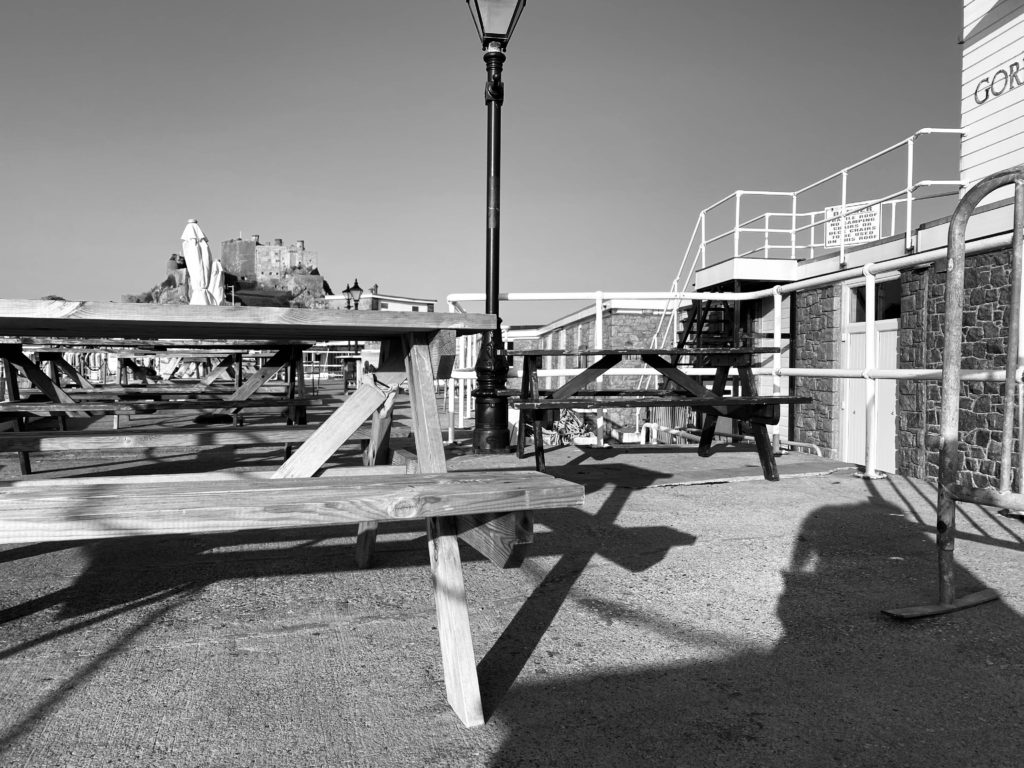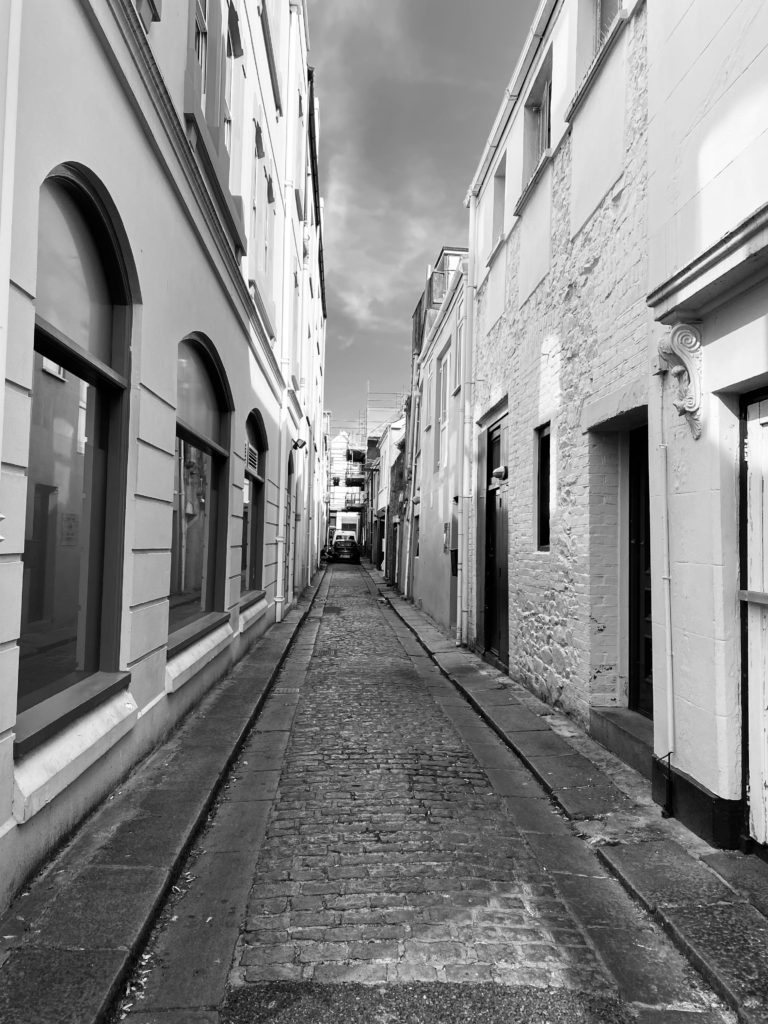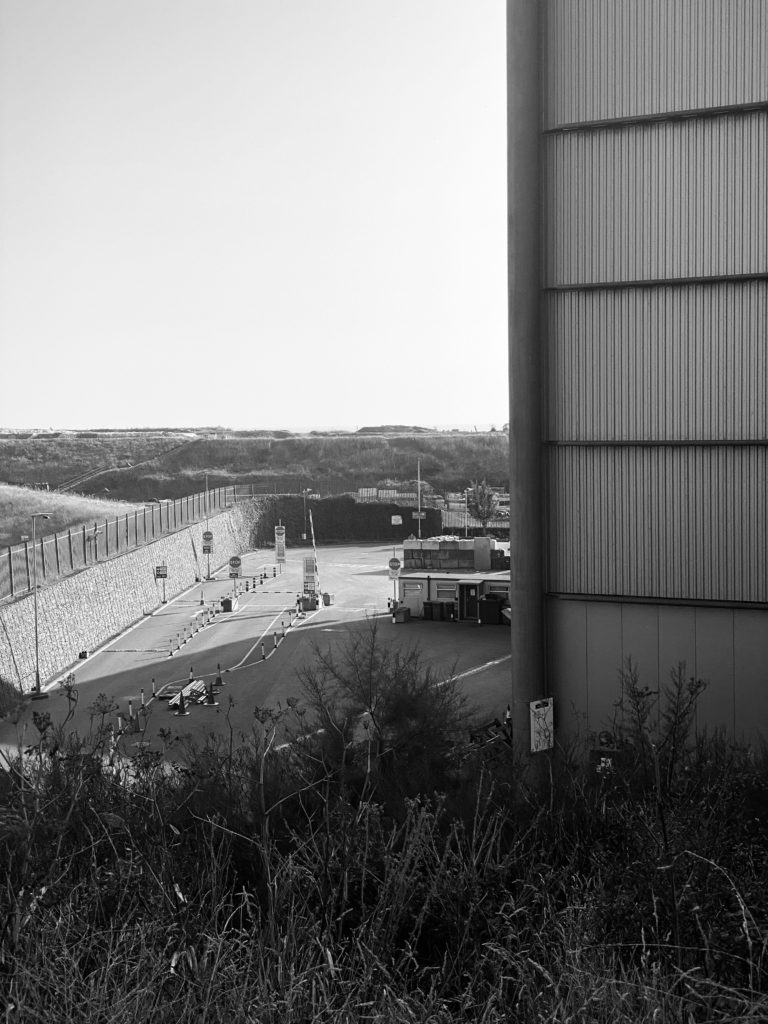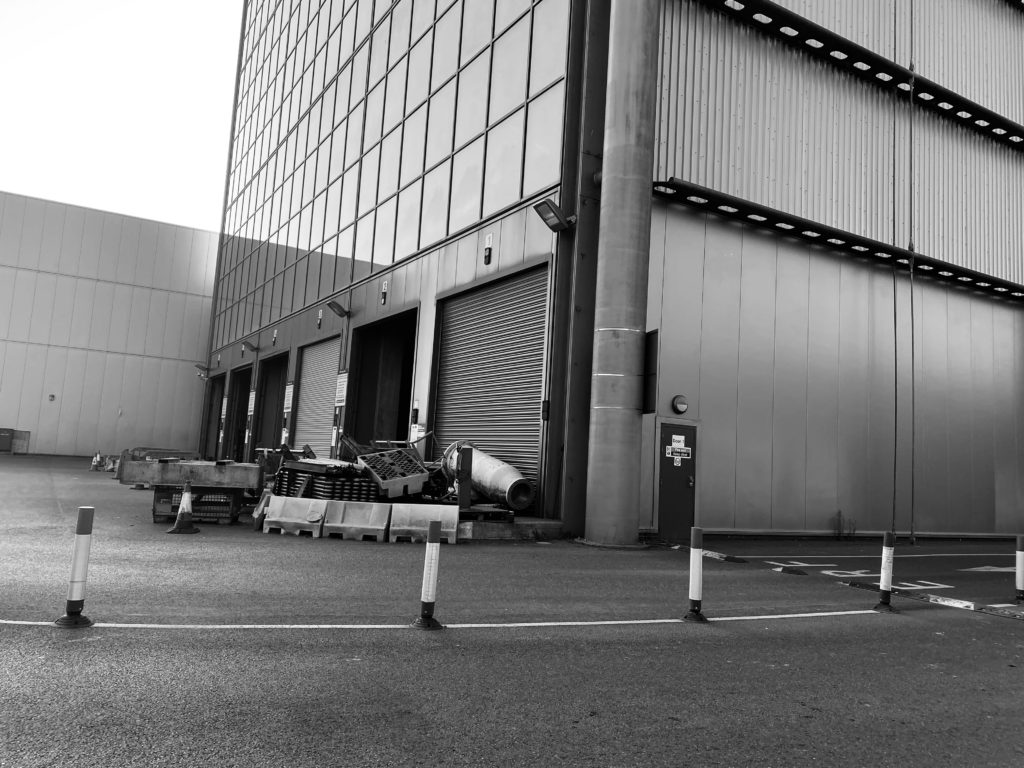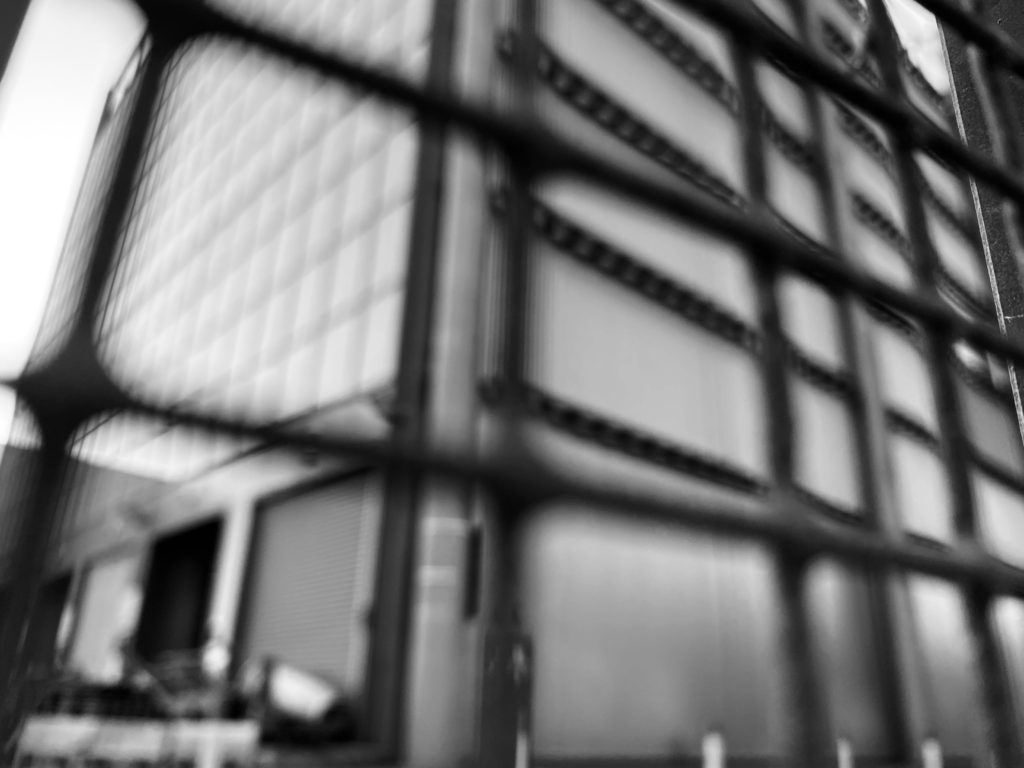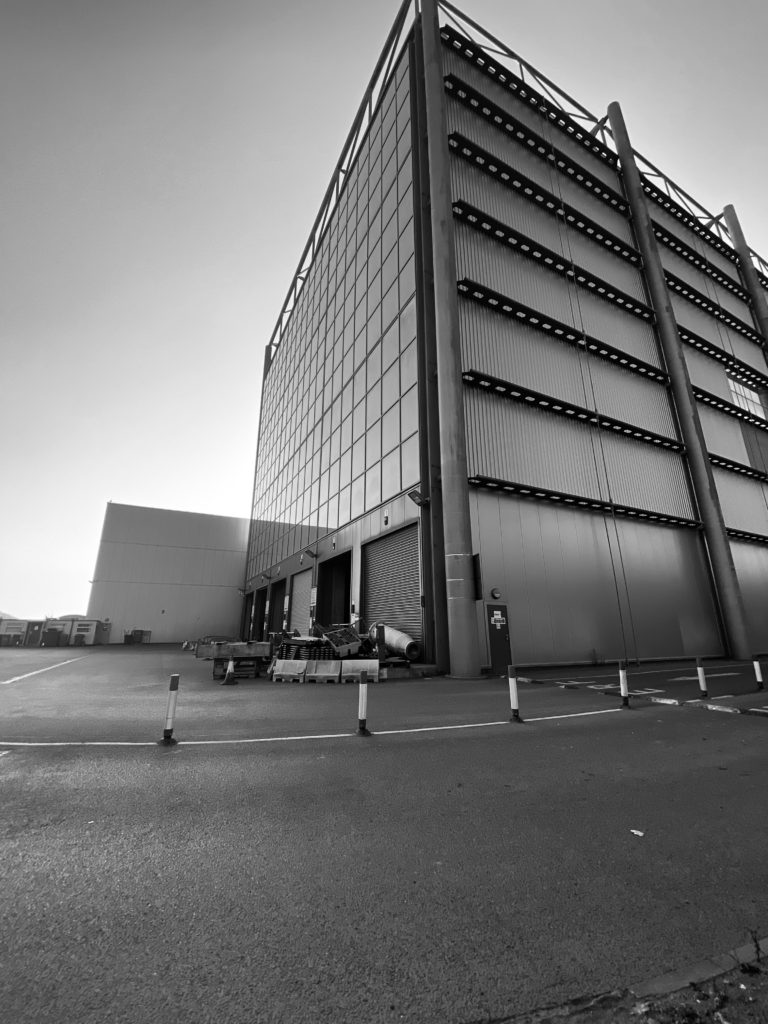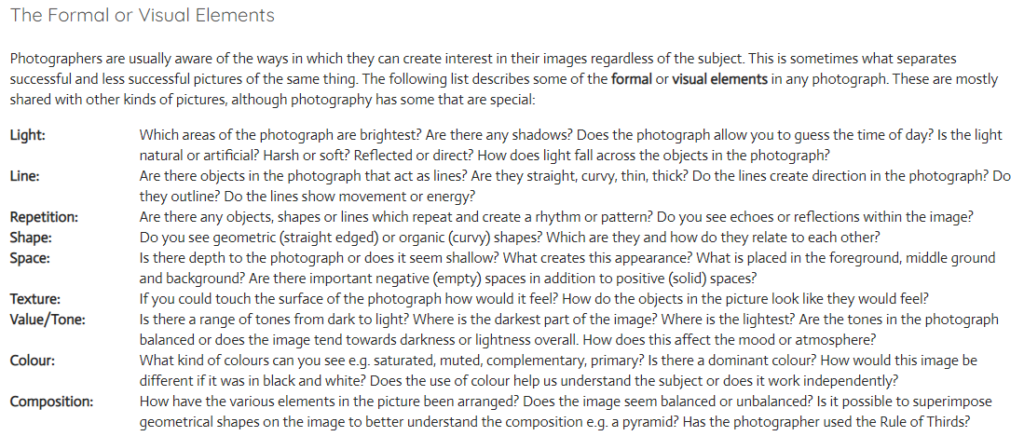
In class this week we experimented with abstract photography by using our phones to photograph paper in different ways. I was inspired by photographers such as Martin Creed, who took a photo of some A4 paper crumpled into a ball to connote the disappointment of things not going to plan.
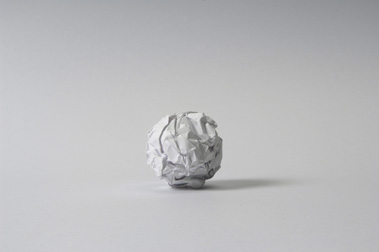
I was inspired by Creed’s impreciseness of subject and I wanted to create images without an exact form so they could be ambiguous to the observer. Nevertheless, I also wanted to photograph the different shapes and structures paper could make. I did this by ripping, folding, crumpling and bending the paper to create a range of images that symbolized different things.
Contact Sheets
Paper Experimentation
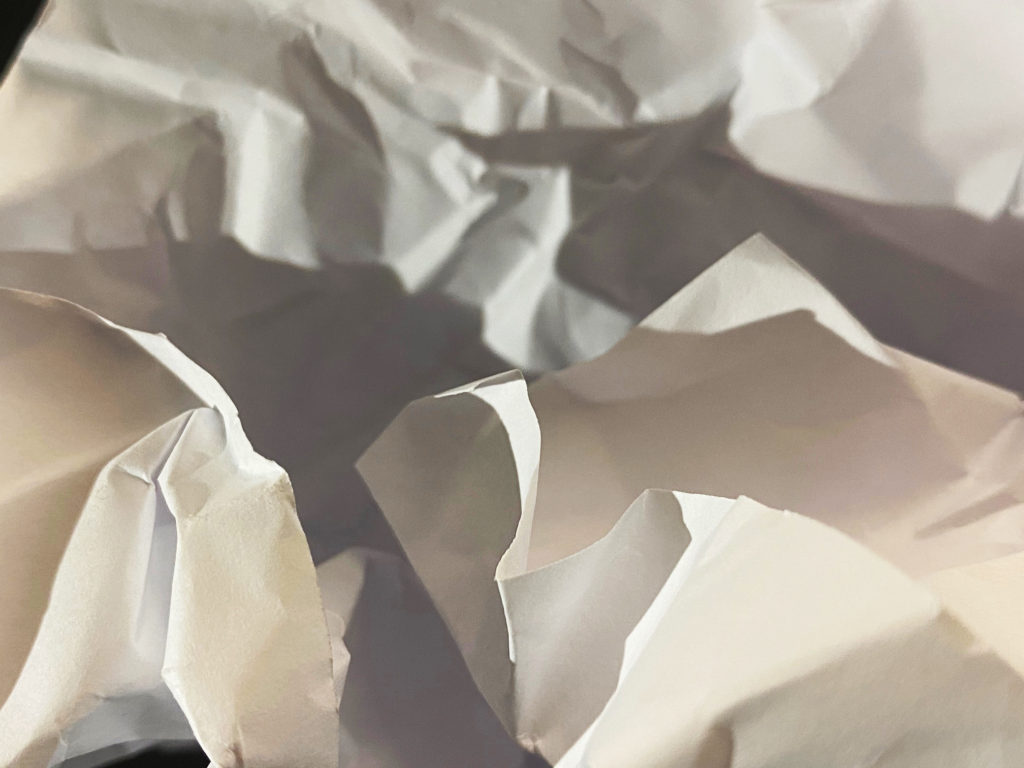
I really enjoyed the ambiguity of this image I took, I believe it shows the paper in an abstract way so it is hard to tell whether it’s paper at all. I took this close up shot of some crumpled up paper in hopes to create an image to represent ice, glaciers and icebergs. I believe I achieved this through my use of harsh lighting to create dramatic highlights with some mid-tone shadows. I edited this image on photoshop by increasing the exposure to give a brighter impression, and by sharpening the edges to reflect the crisp white colour palette of the photo. Similarly, I increased the contrast of the image to intensify the rough texture and acute lines of the paper.

In this image, I bended and squished the paper to create a photo with more curved lines instead of bold harsh ones. I believe this produces a smoother, more flowing texture. However, the sudden bursts of irregular shadows create dramatic moments throughout the image. Secondly, I have edited this image to be monochrome to experiment with tone and colour. I believe the low saturation of the photo creates a gloomy, dull atmosphere in the image. I have also zoomed in on the paper in this photo to further the theme of ambiguity, I purposefully took this shot with no black empty space to draw focus to the centre swirl of the image. Personally, I think this photo of plain paper looks almost flower-like, with large curved petals surrounding a swirl, similar to a rose.
Final Photo Analysis
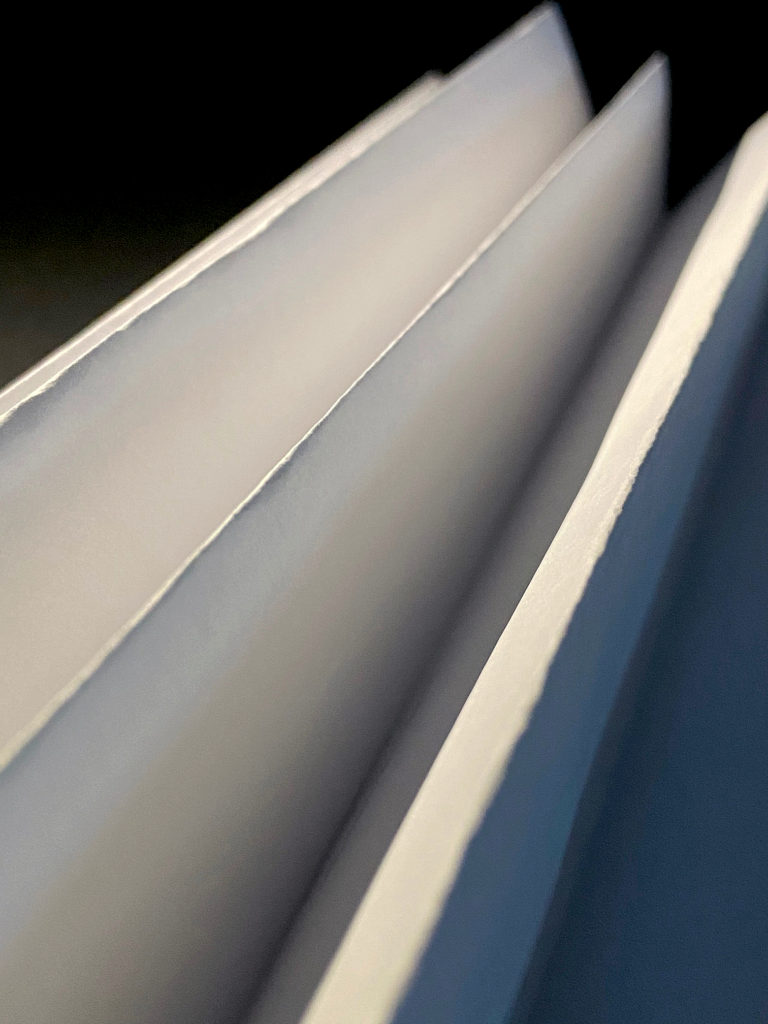
Light: My image has been lit by a strong artificial light coming from the bottom left which creates harsh shadows on the right. My dark, unlit background enhances the folds of paper and I have amplified this by increasing the contrast of the image.
Line & Shape: There are very strong straight lines in this photo that create a sharp shape throughout the image. The folds of paper look almost like book pages and the juxtaposition between the dark and light lines catch the observer’s eye.
Repetition: This image holds lots of lineal repetition with parallel lines and reflection of light. The shafts of artificial light hitting the left of the image create a dramatic rhythm. Additionally, the sharp creases of paper that repeat throughout the image draw the observer’s eyes up along the photo from one corner to the other.
Space: The space of the image is quite shallow and narrow, this is because I was close to the subject. I made sure the observer couldn’t see any other objects in the background of the image by limiting the space shown above and using a black sheet of paper to cover any unwanted distractions.
Texture: My image has a rigid texture, produced by the sharp edges of the folded paper. The points of the paper also create a jagged, rough texture.
Value/Tone: The image contains a wide range of tones going from very dark to very light. In the background, the dark black emptiness contrasts with the bright white highlights. In addition, there is a subtle blue hue in the bottom right shadow, possibly created by the blue undertones in the other phone torch I used to light the subject. The image has low saturation and vibrancy because I believe it intensifies the paper’s already muted colours.
Composition: The diagonal lines of the image and the close-up shot create a sense of drama. Also, the long folds draw the observer’s attention to just above the middle of the image, where the paper is most in focus. I created this affect by having a large depth of field so the top and bottom of the image was out of focus, and the one crease in the middle was a clear focal point.




